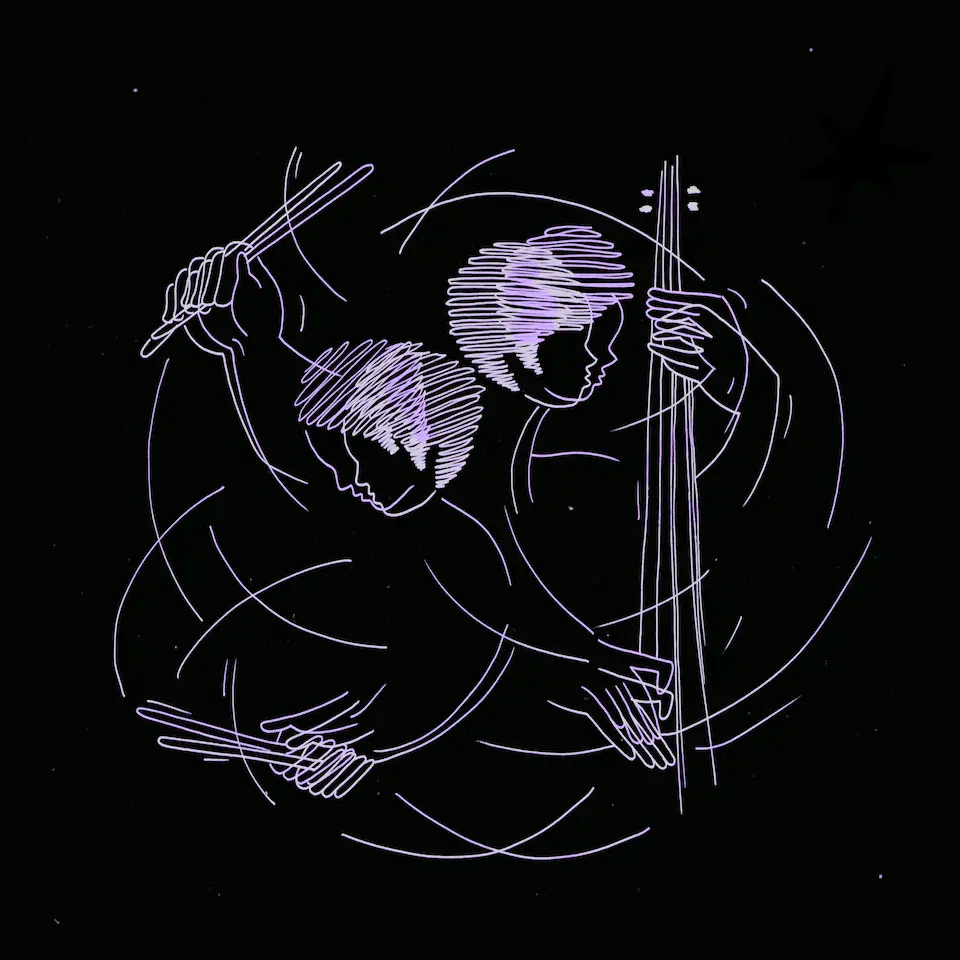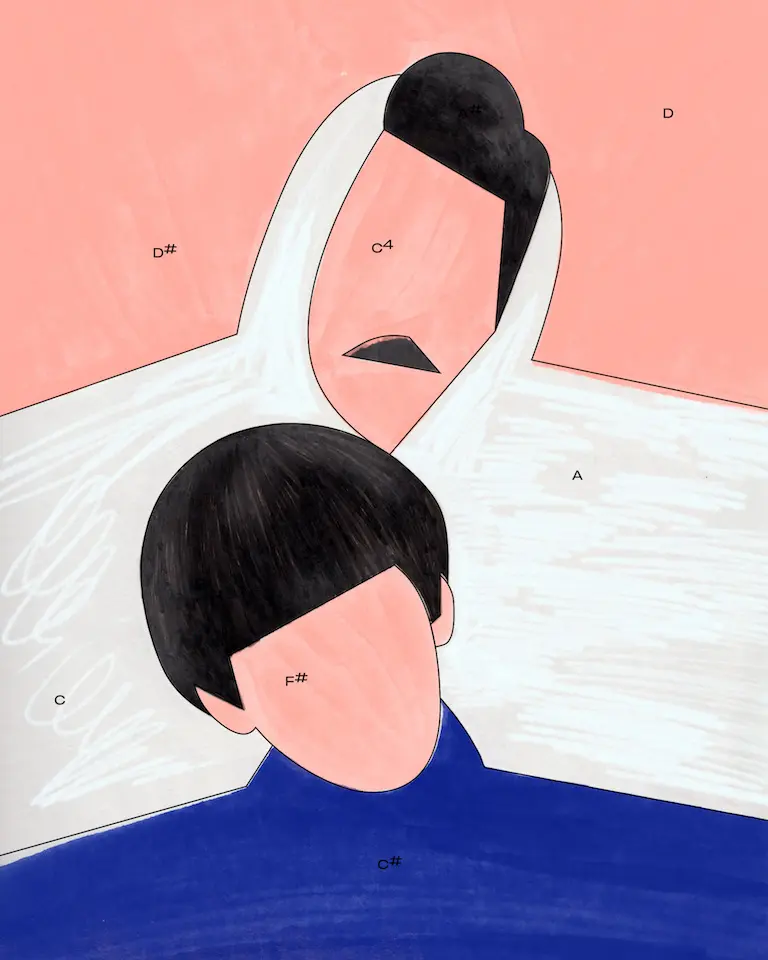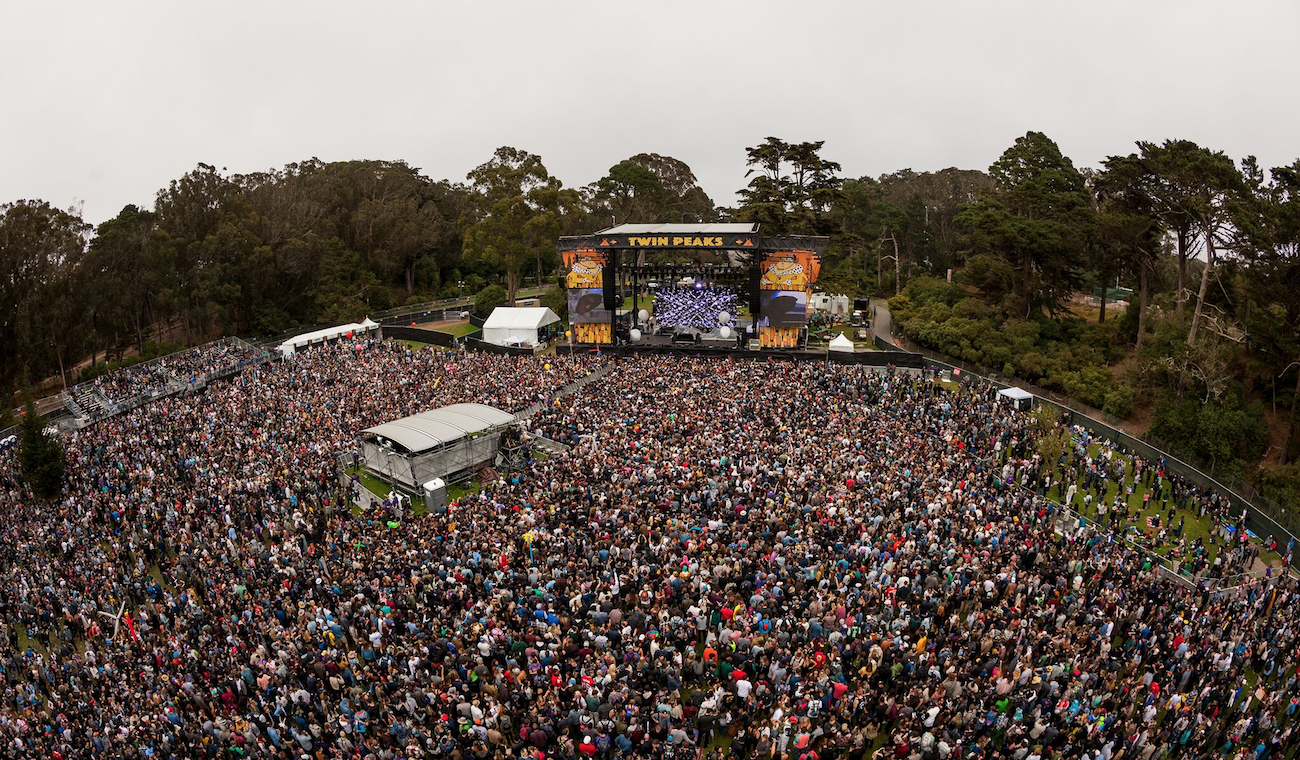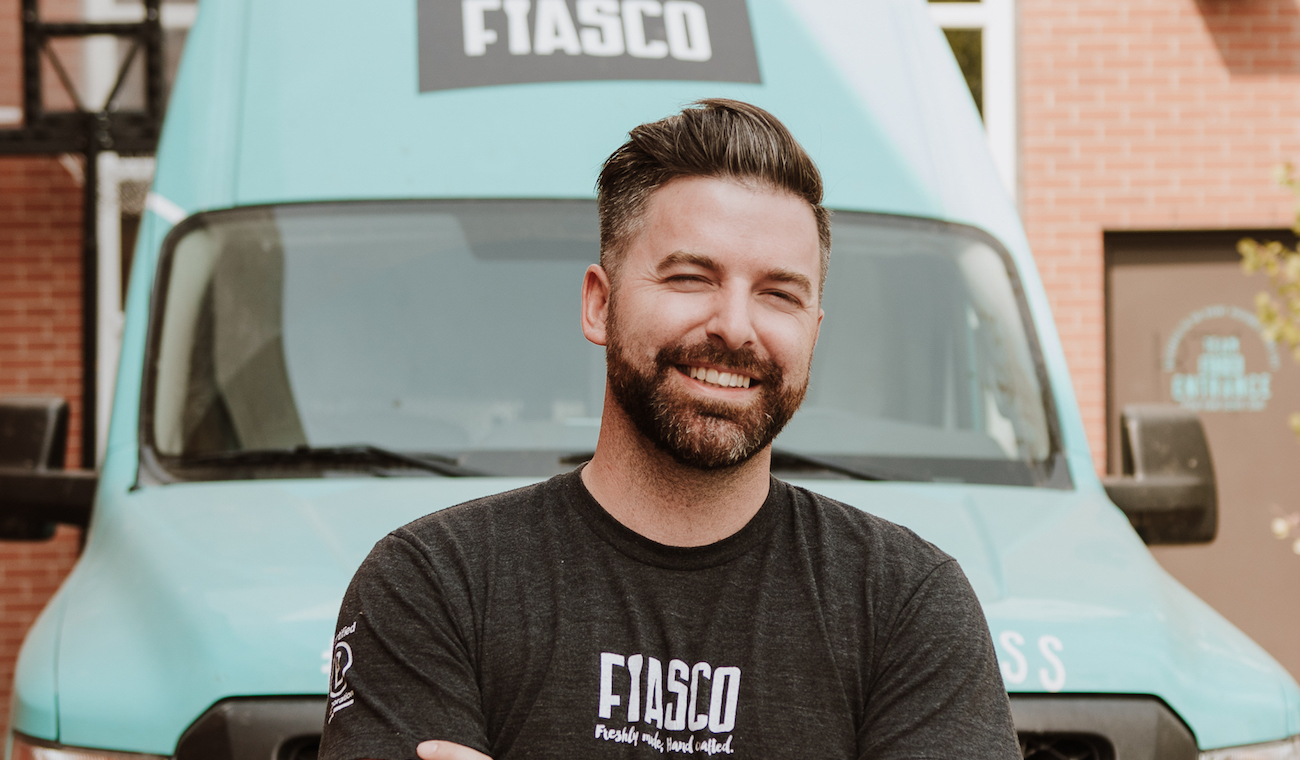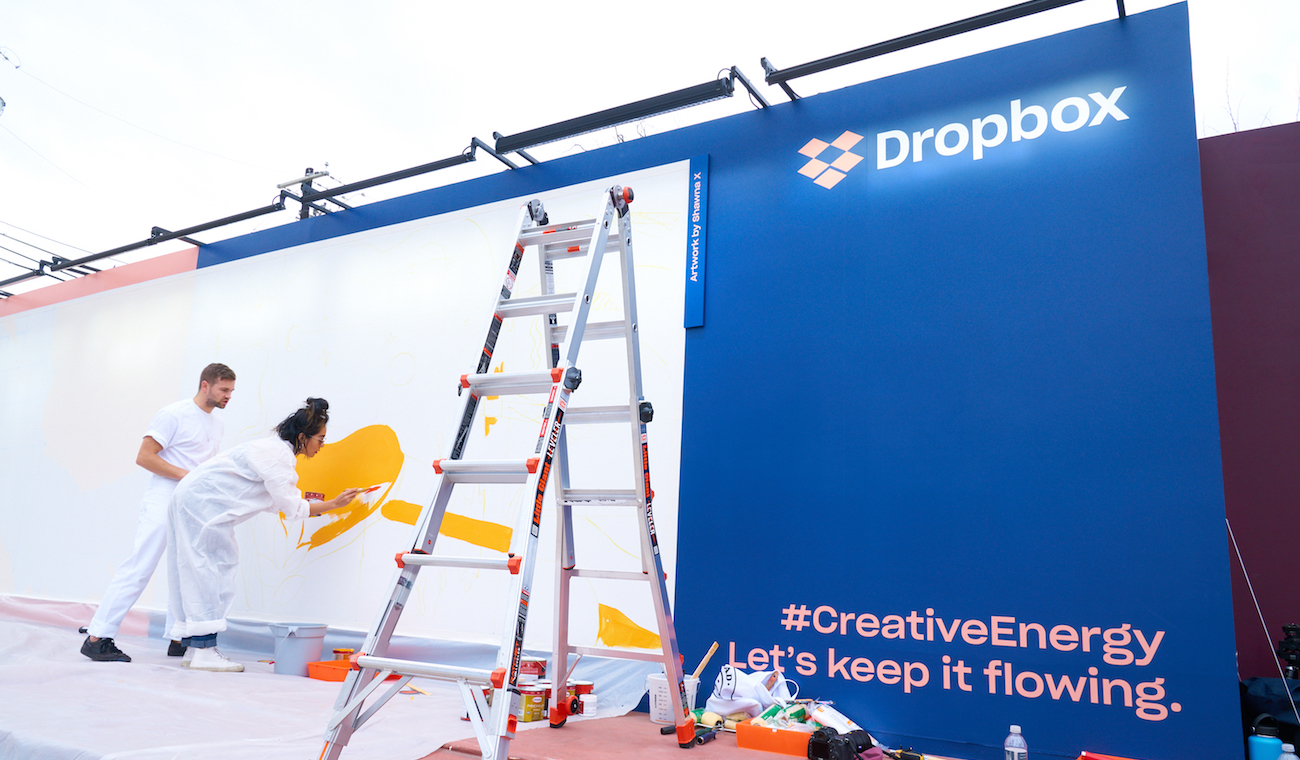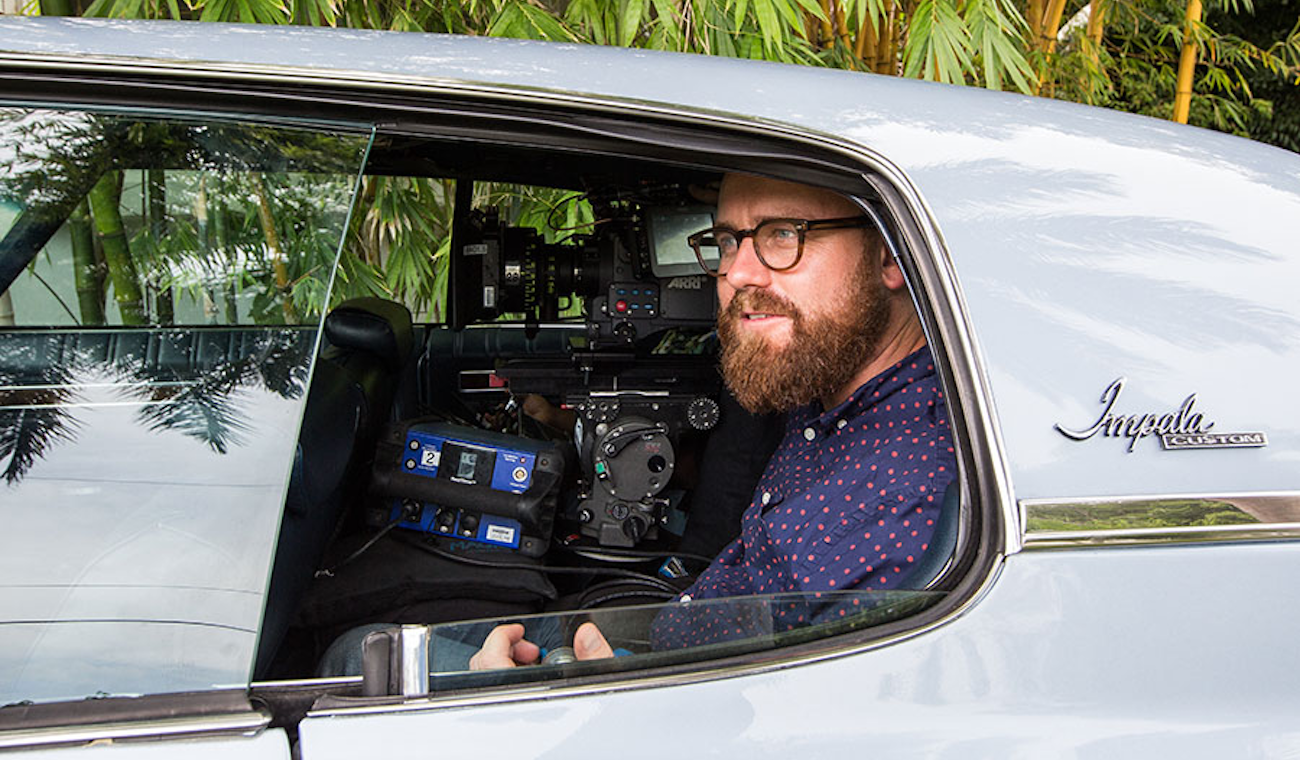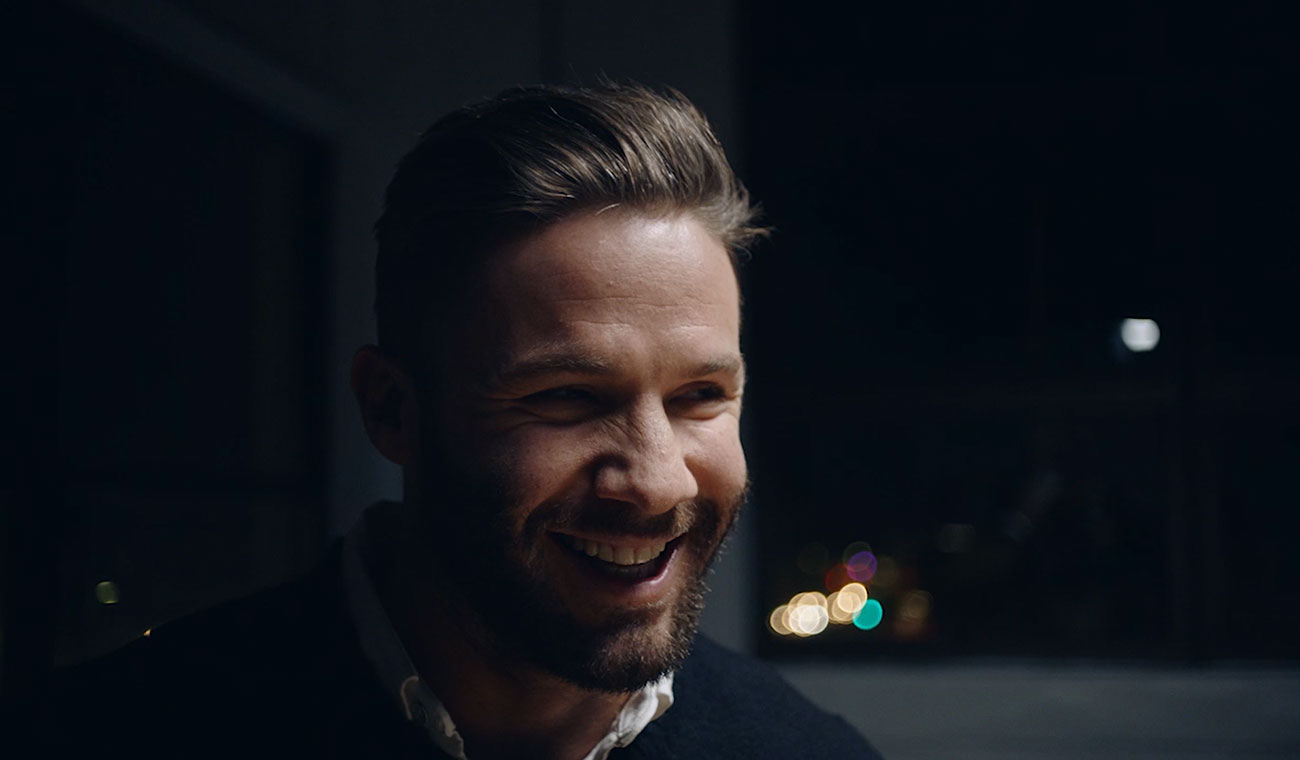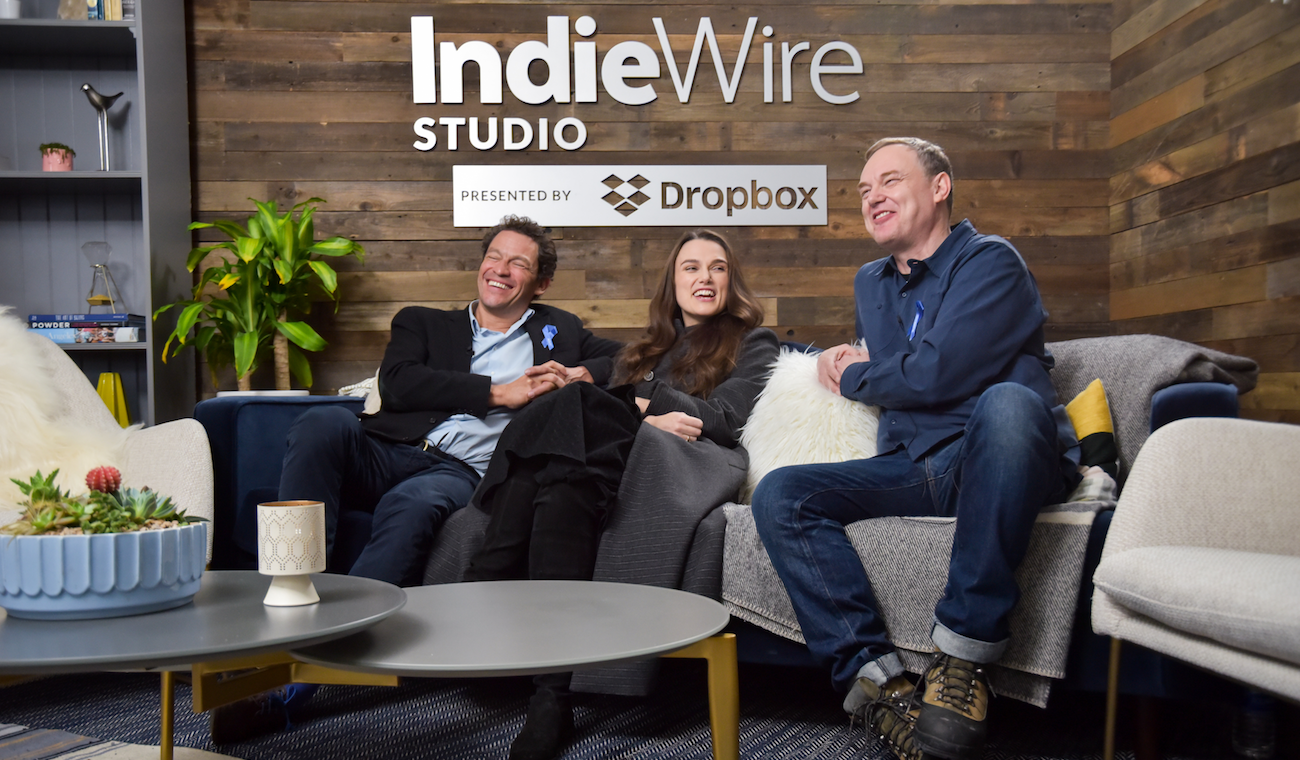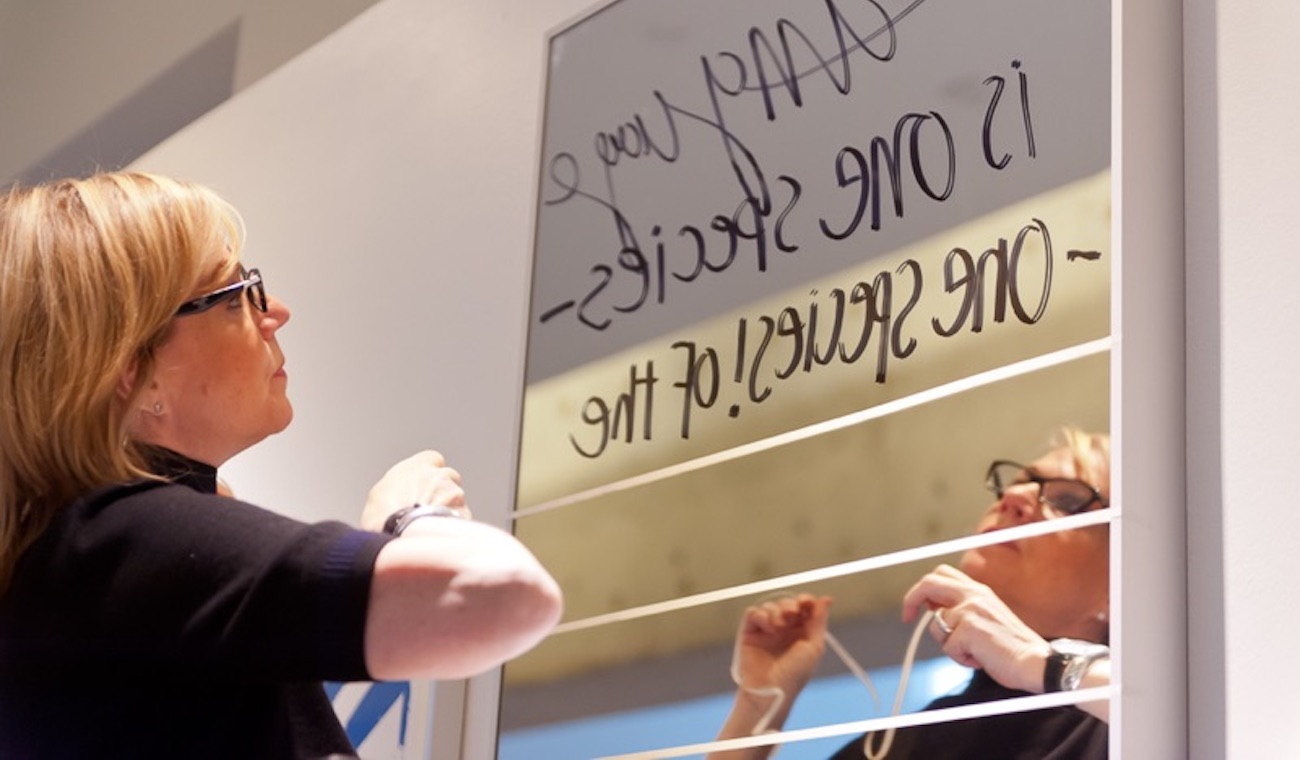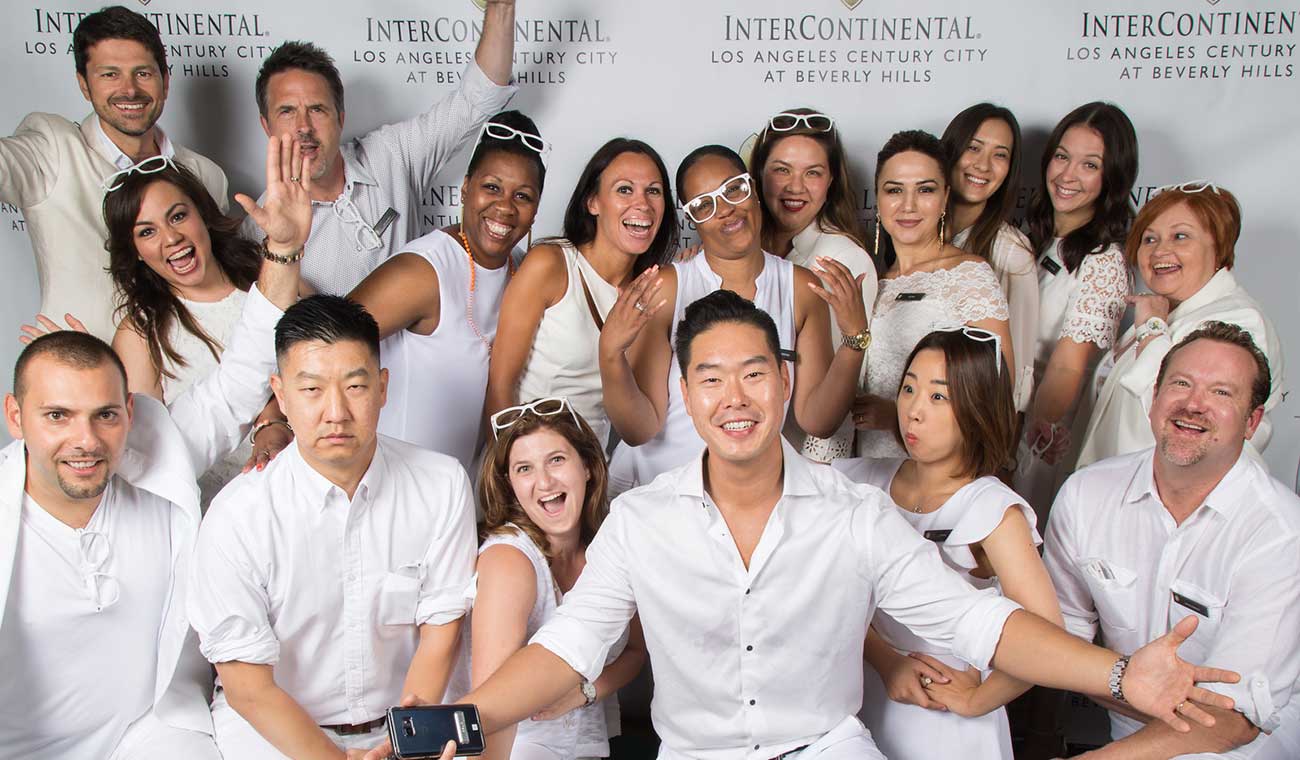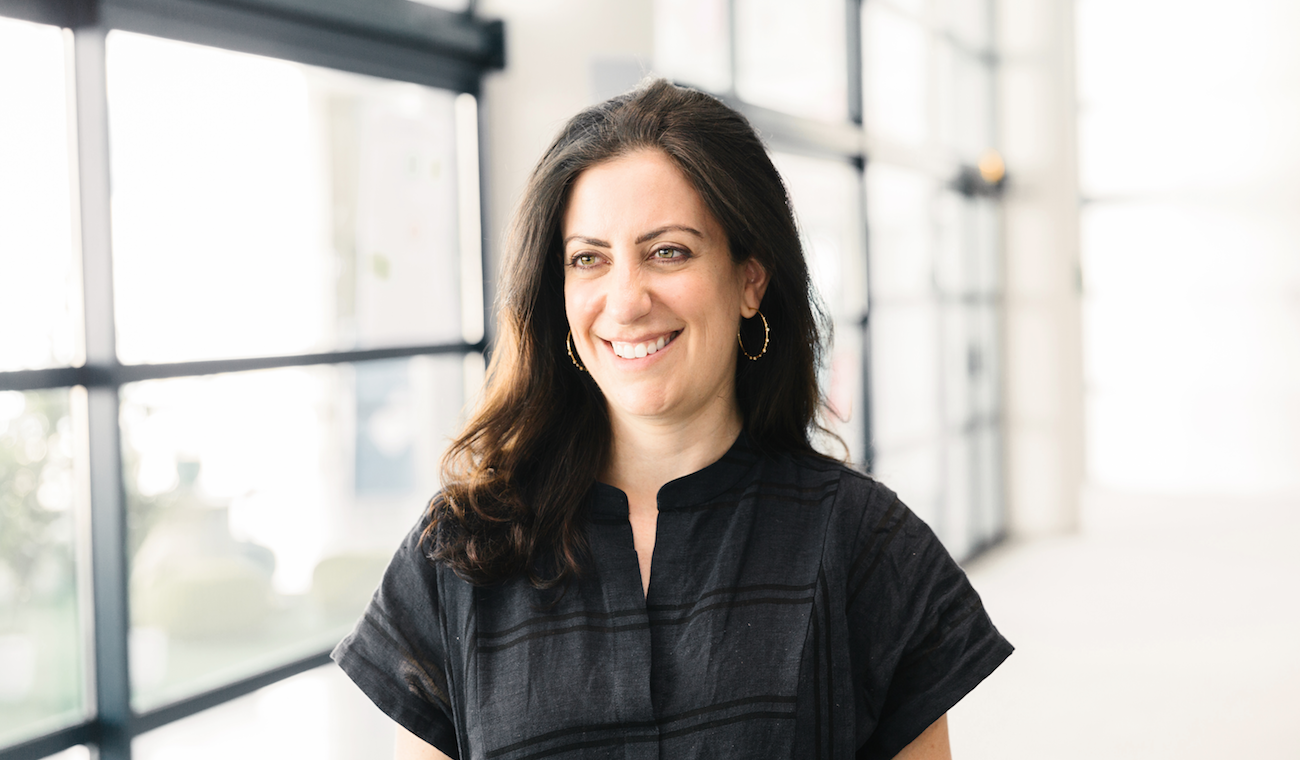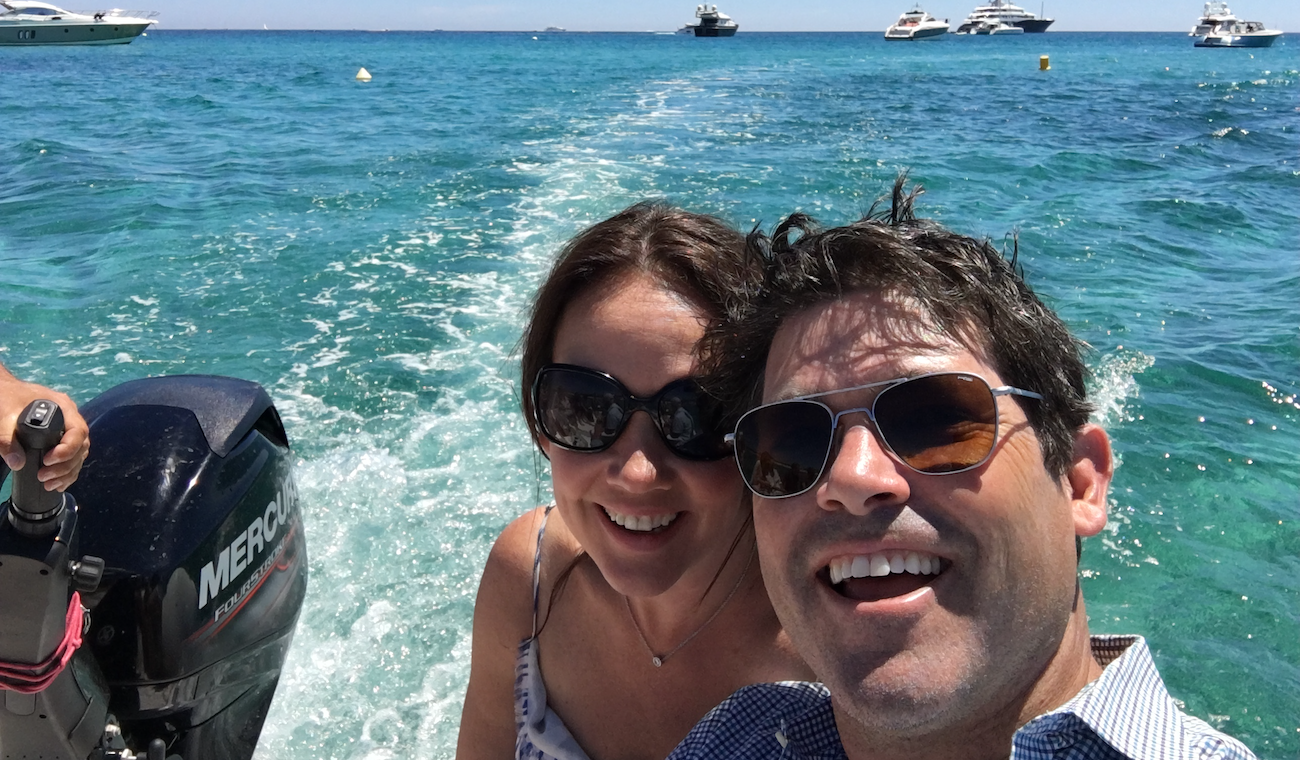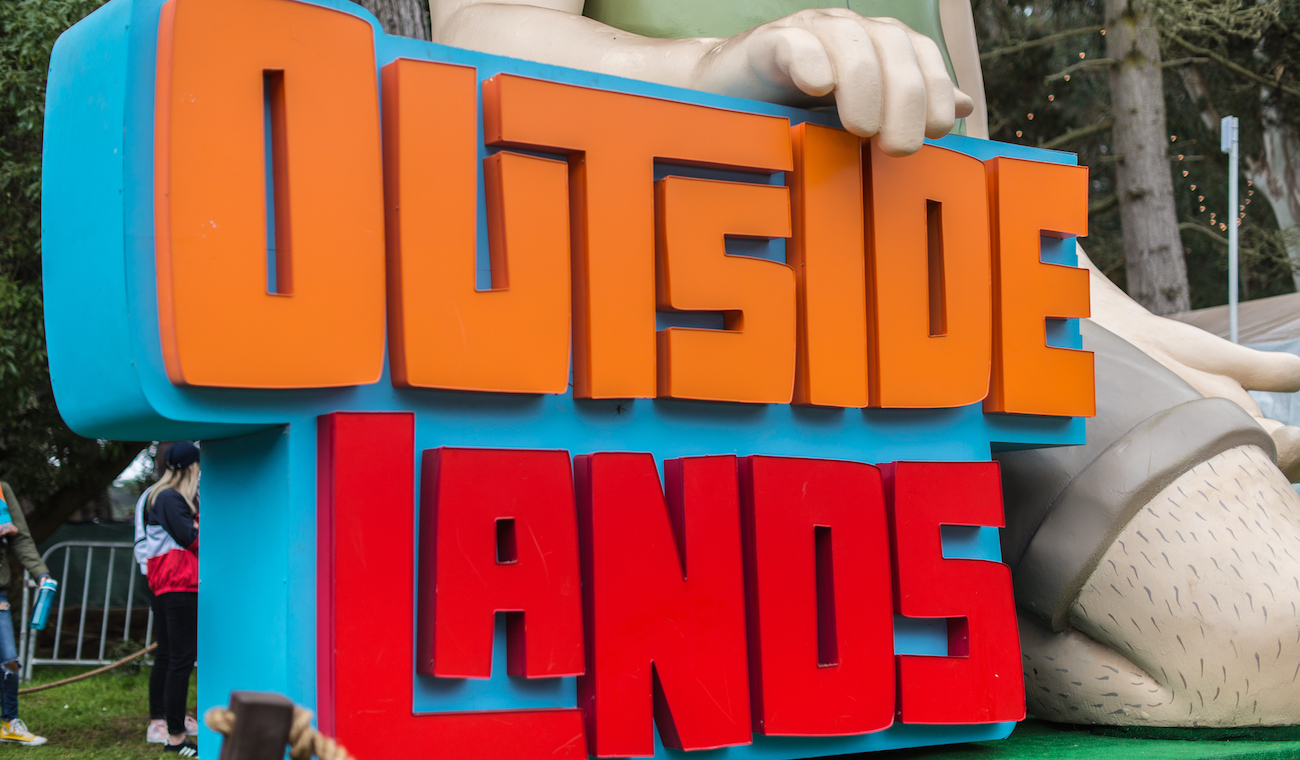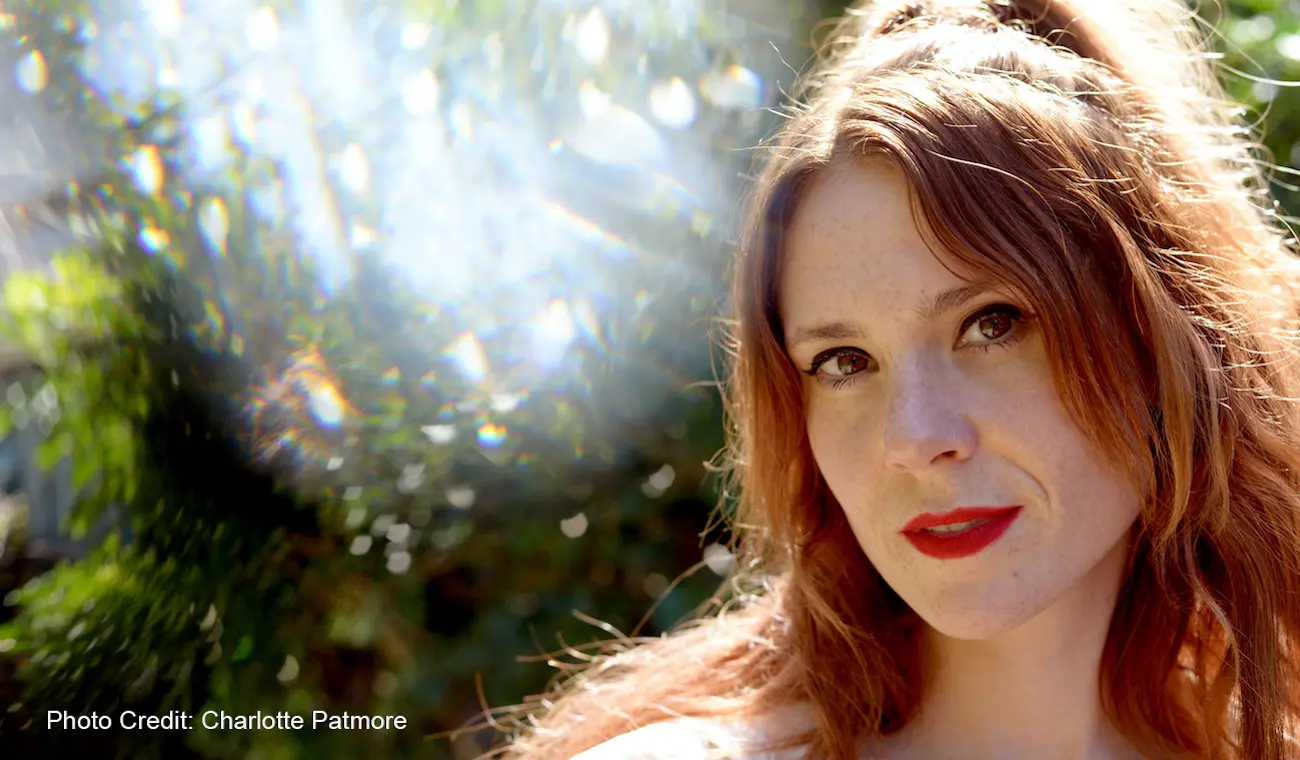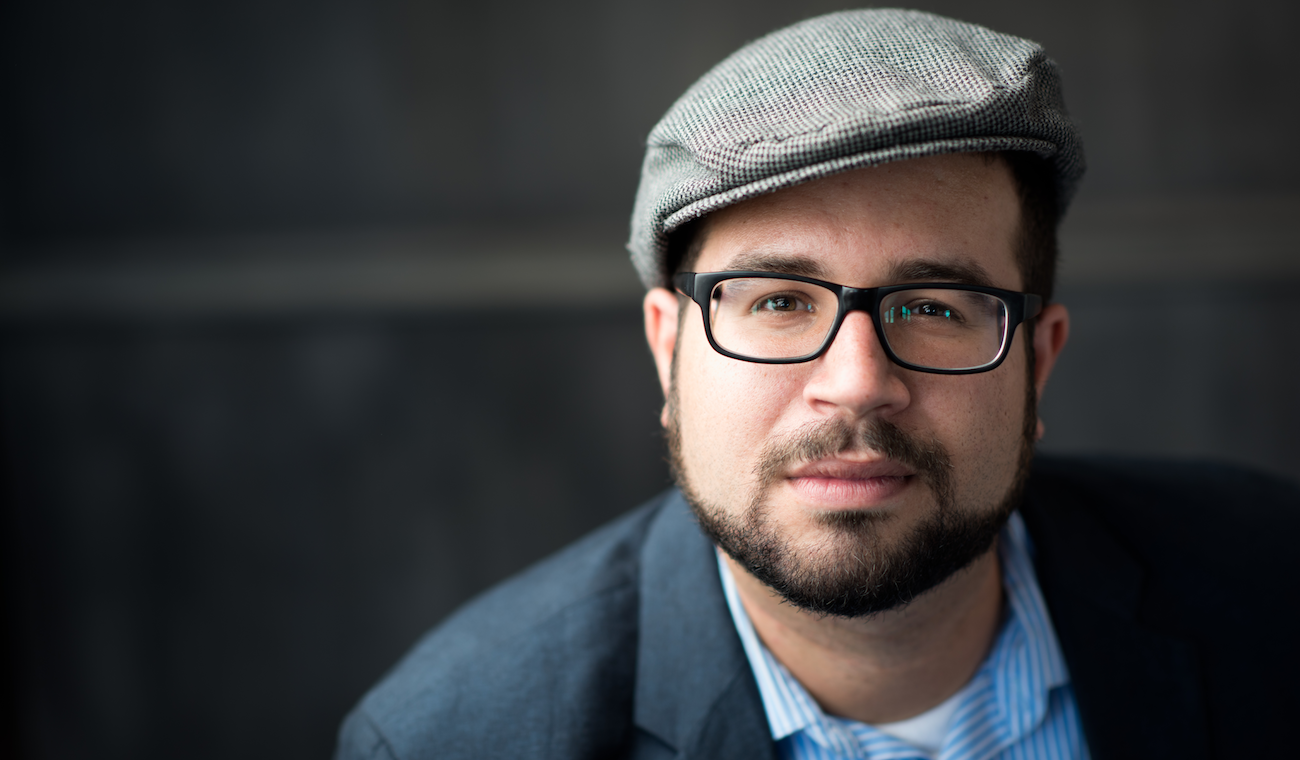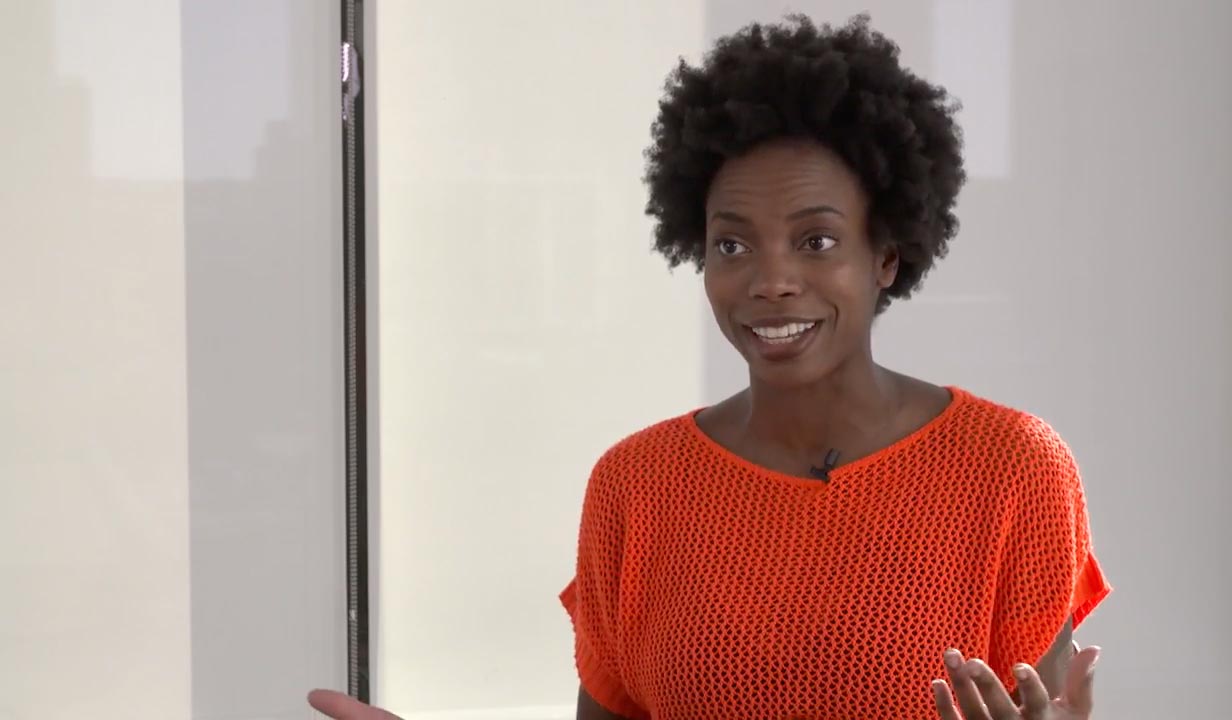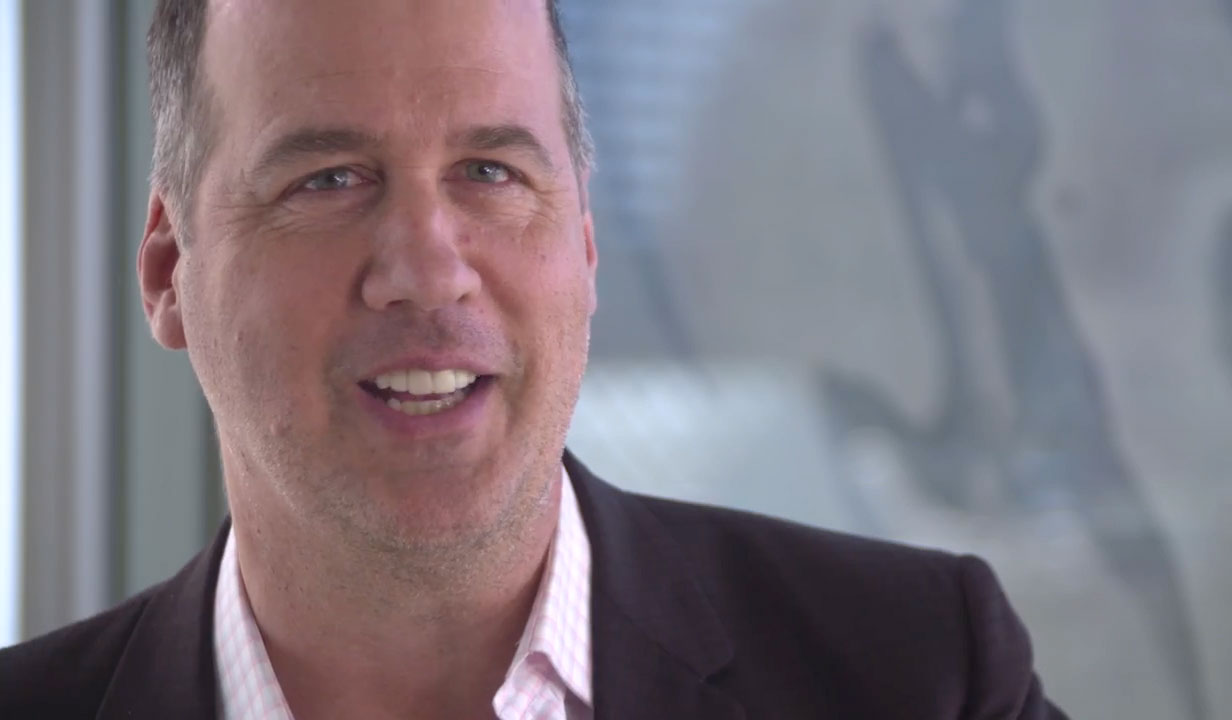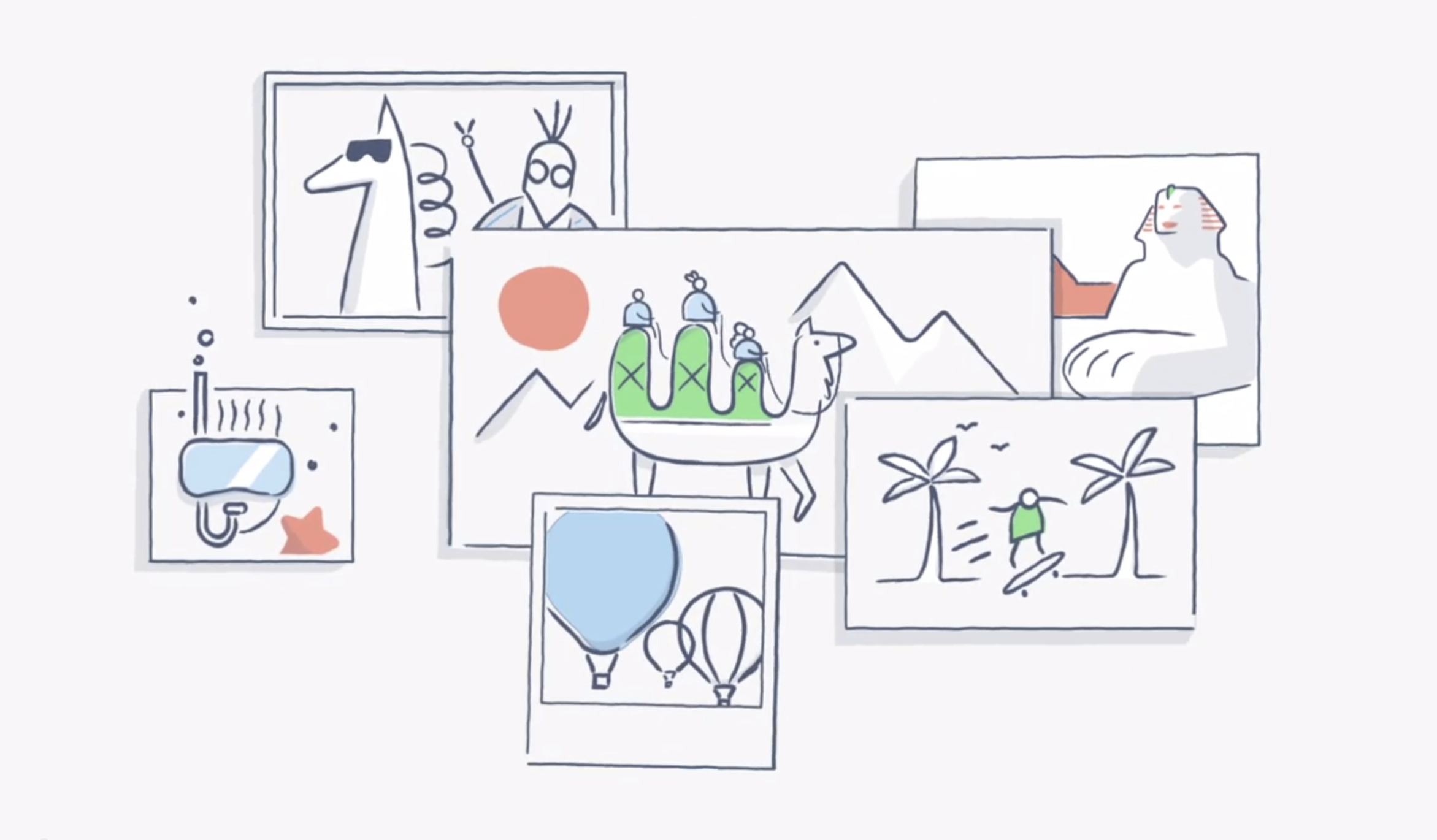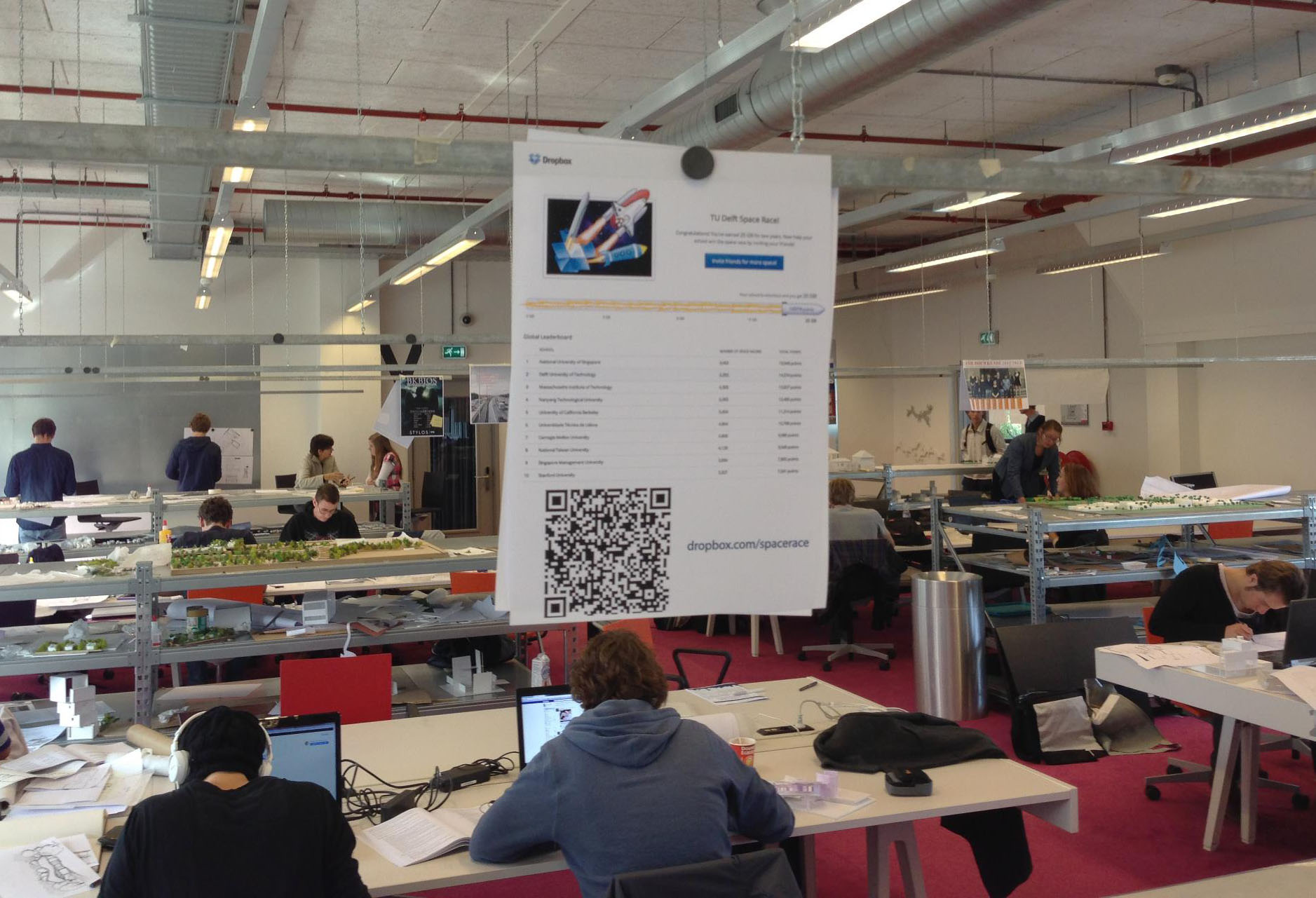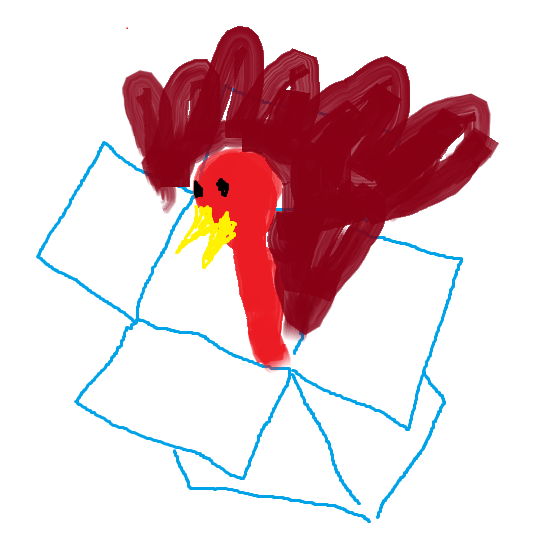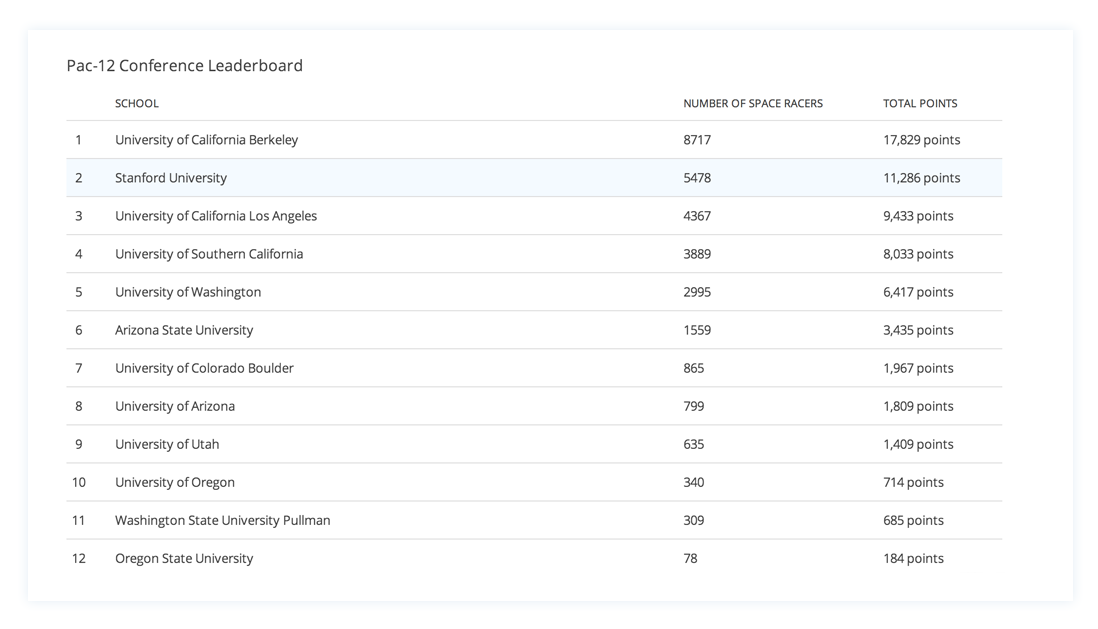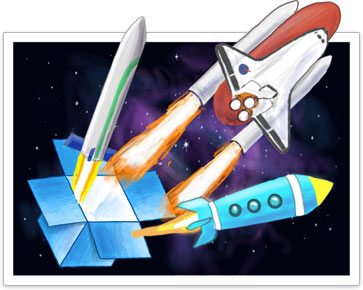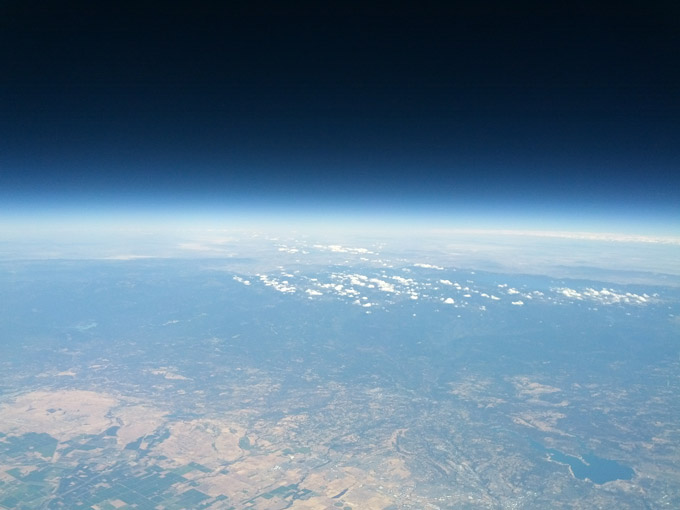
Four Good Days’ Lauren Connelly on why film editing is the perfect combination of storytelling and technology
Published on January 23, 2020
In tribute to the teamwork it takes to bring a story to screen, we’re talking with Sundance filmmakers to find out how they work together from script to final cut. In our first few posts this week, we’ve heard from executive producers and directors. Today, we’re going to learn what it’s like to be the person responsible for putting all the pieces together.
Some people spend their entire career looking for work they love—but Lauren Connelly found her calling when she was still in high school.
“I can vividly remember making the cut that changed my life: a simple match from a wide of a man running to a close-up. That was the exact moment I decided to become a film editor,” recalls Connelly, editor of Four Good Days—a new drama starring Glenn Close and Mila Kunis that premieres this week at the Sundance Film Festival.
Sitting in a dark editing bay at her school in northern Virginia, the hours flew by as she cut from tape to tape on VHS decks. “I had never experienced time flying in that way. I knew I had found what I was meant to do."
“The beauty of film and television is its innate ability to open our eyes and hearts to what other people are going through."
Film editing might seem like the perfect gig for people who thrive in solitude and prefer to work alone, but Connelly says that’s a common misconception. “In fact, editors are in constant communication with the other filmmakers, and it’s a huge part of the job.”
Throughout the production of Four Good Days, Connelly and her assistant editor, Alyssa Carroll, were in constant communication. While Connelly cut scenes, Carroll was organizing footage and developing the temporary VFX & sound design. They communicated with several people on the set such as the Script Supervisor, DIT, and Dailies Operator, all while keeping writer/director Rodrigo Garcia and producer Jon Avnet apprised of their progress.
“As an editor, you communicate with several other post departments such as sound, music and visual effects, often relaying the director’s thoughts and collaborating with them,” she says. “With a tight post schedule, good communication is key to getting the cut out on time.”
Known for her work as an editor of TV series such as A Million Little Things, The Strain, and Masters of Sex, Connelly first became involved in the production of Four Good Days when Garcia and Avnet sent her the script.
“I knew it was a special film,” she says. “The beauty of film and television is its innate ability to open our eyes and hearts to what other people are going through, and to tell stories that bring out our compassion and understanding,” says Connelly. “The opioid and homelessness crisis in this country is such an important conversation to be having right now. To me, this film brings that conversation out of the abstract.”
Inspired by the Washington Post article by Eli Saslow, Four Good Days puts a human face to the crisis, says Connelly: “Not only the impact it has on those struggling with addiction, but also the people who love them. The film is a beautiful tribute to the relationship between mother and daughter, one that’s full of love, struggle and hope.”
Having a chance to tell those kinds of stories is what inspires Connelly. One thing she loves about film editing is that it’s “the perfect combination of storytelling and technology.” And new advances in technology are giving filmmakers more ways to tell their stories.
“It’s essential to be very detail-oriented in post production. So when one app can do multiple jobs, that’s fantastic.”
“The amount of footage that directors are able to shoot is incredible,” she explains. “The upside of this is that it allows for so many options in post. The downside is often media management and time limitations.”
On some projects, she gets 6-9 hours of film per day, and that can make it difficult to organize under tight post schedules. To keep track of all the details and keep her team in the loop, Connelly relies on a few key software programs and apps, like AVID, Dropbox, and Frame.io.
Connelly says the editing software AVID is the most important tool in her day-to-day work life. “The amazing thing about AVID is the ability for multiple machines to access the same project and media at the same time. The tools AVID provides, such as Trim Mode, are essential to being able to edit under increasingly tight timelines.”
Frame.io was another essential app used in the making of Four Good Days. “It allowed us to send links securely and to communicate detailed, frame-specific notes to our VFX artists,” Connelly explains. “It was a place where the director and other filmmakers could access all of the dailies, which were uploaded to that interface each night.”
To stay focused on the creative part of her job, Connelly minimizes her app notifications as much as possible when she’s working to keep them from interrupting her workflow. “I try to do this by using an Apple Watch with notifications for only phone calls, texts, and emails,” she says. “All other apps are silenced while cutting.”
The key is to keep the process as streamlined as possible, Connelly says. “It’s essential to be very detail-oriented in post production. So when one app can do multiple jobs, that’s fantastic.”
Four Good Days premieres January 25 at the 2020 Sundance Film Festival.
To learn how filmmakers are using Dropbox to simplify collaboration and work efficiently through every stage of the production, check out dropbox.com/film.



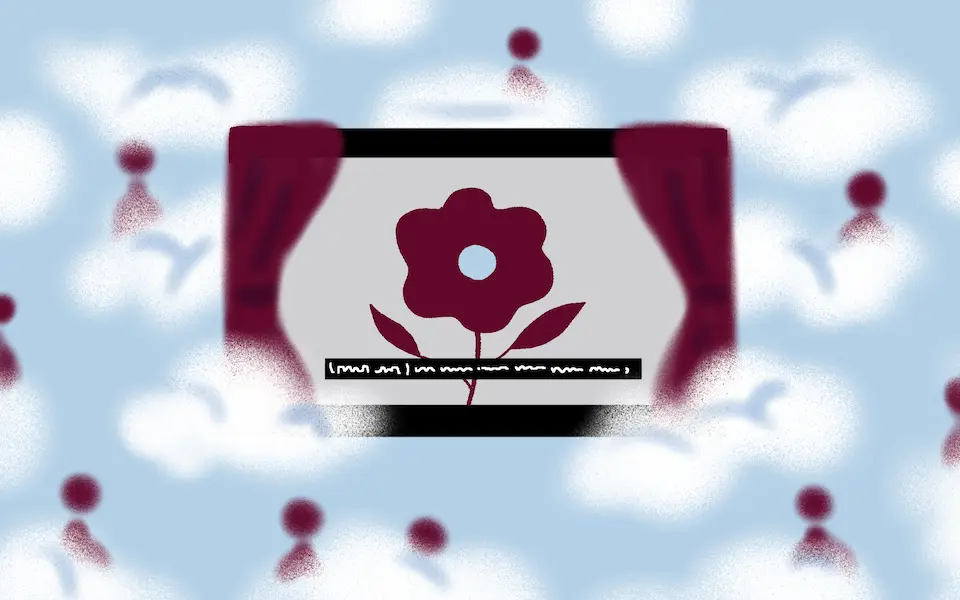
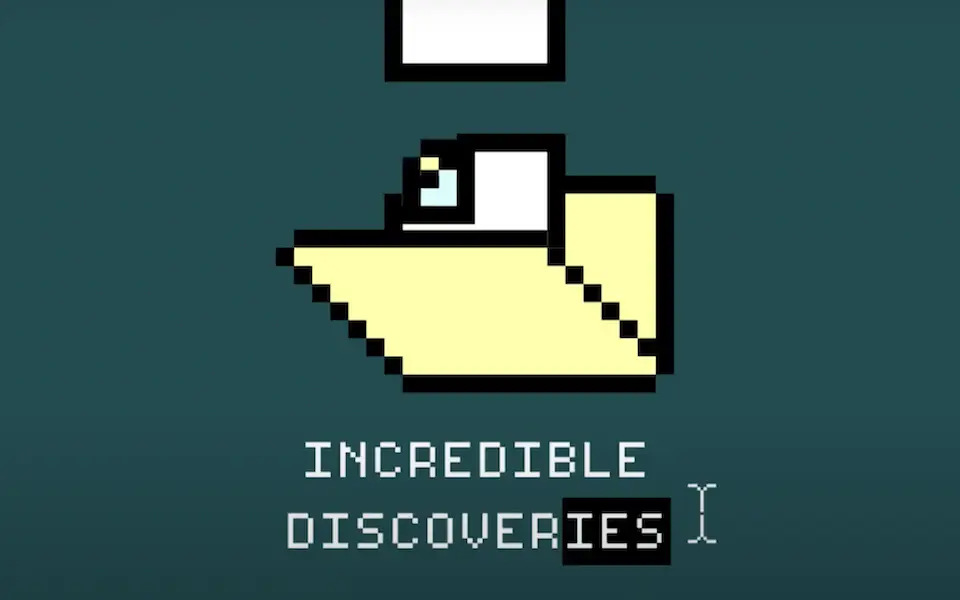
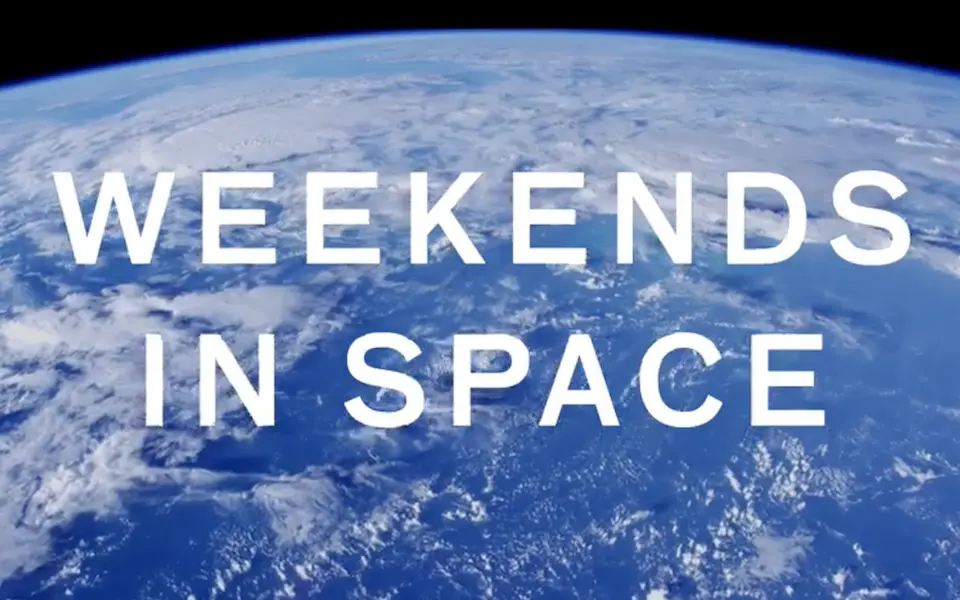
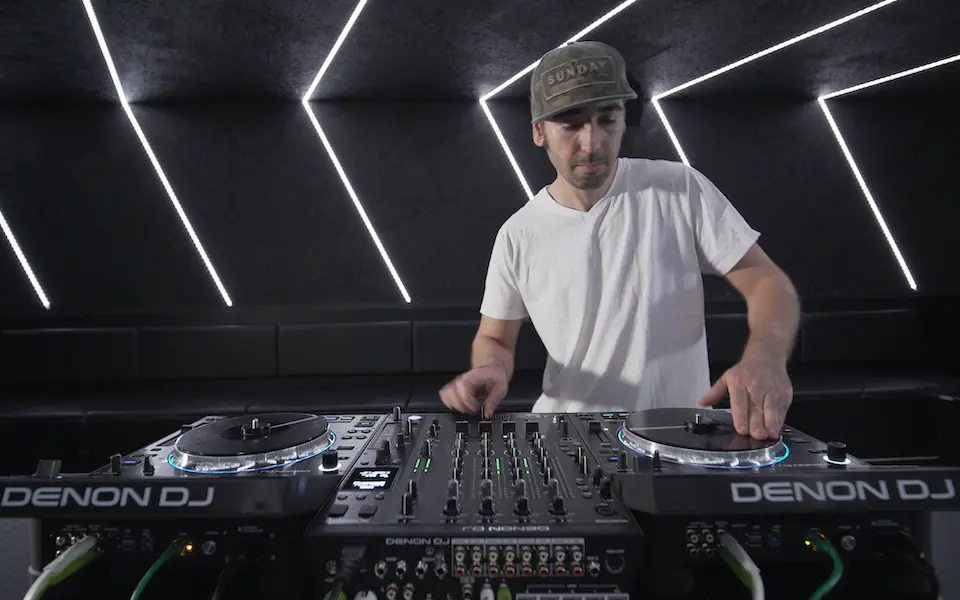
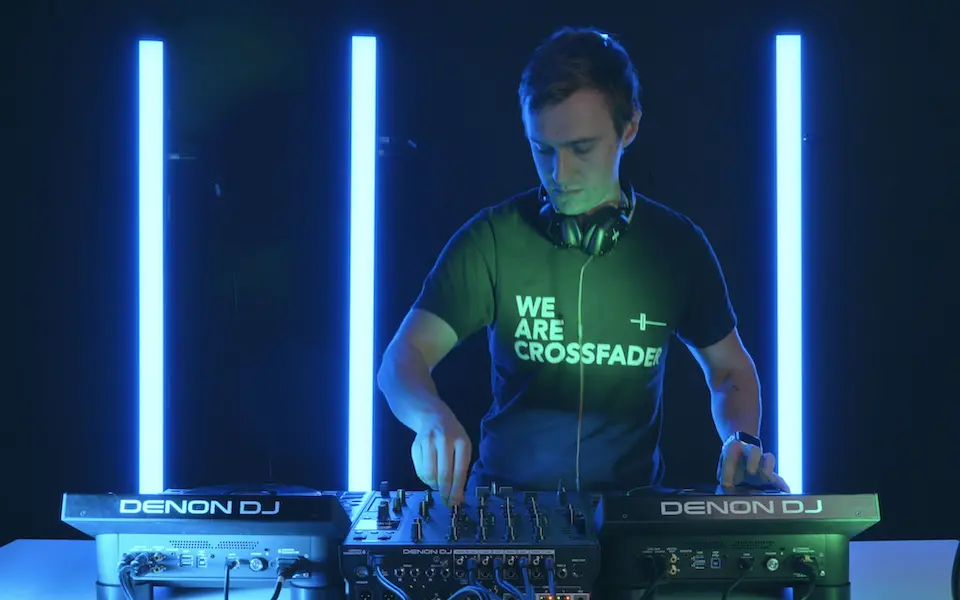



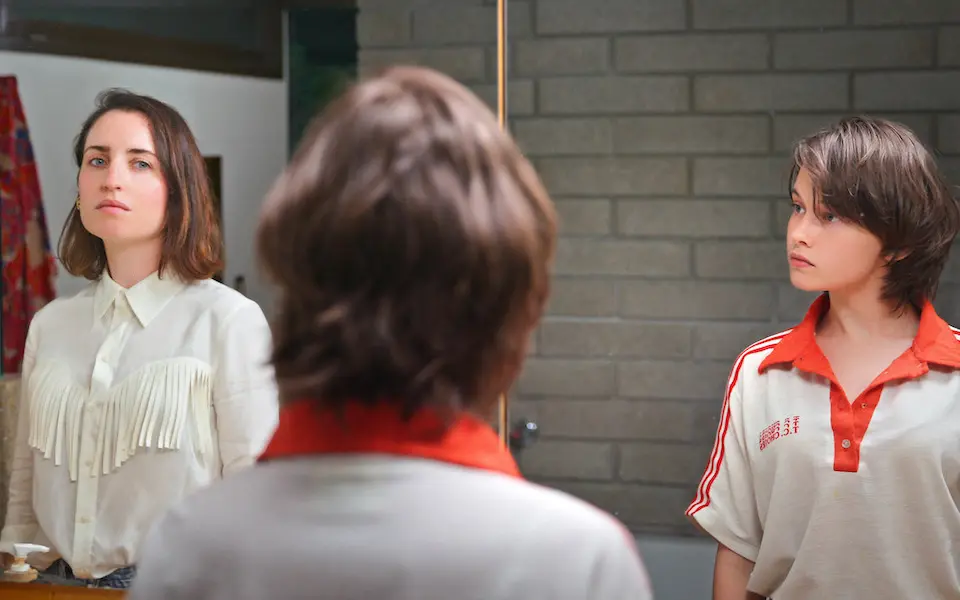
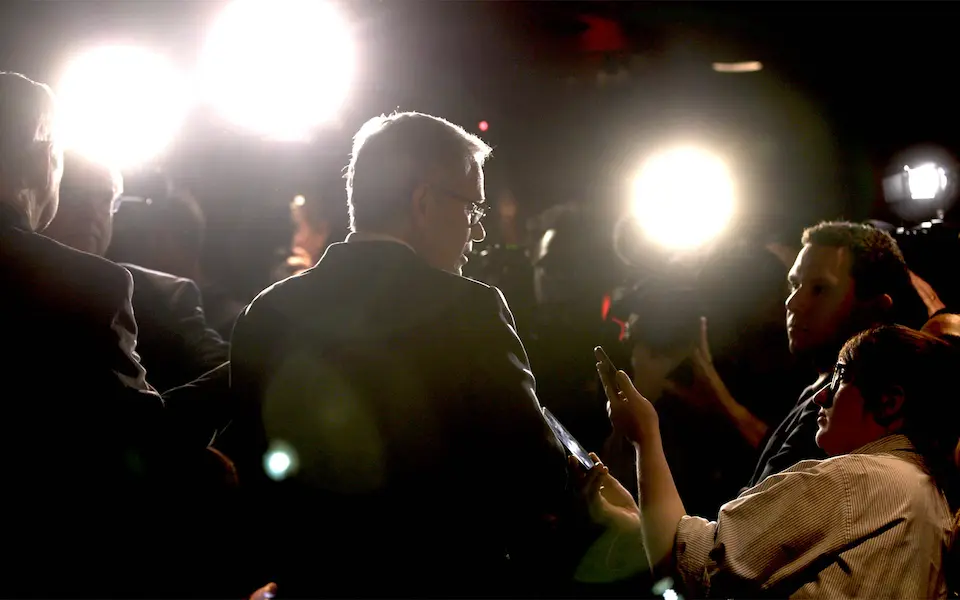
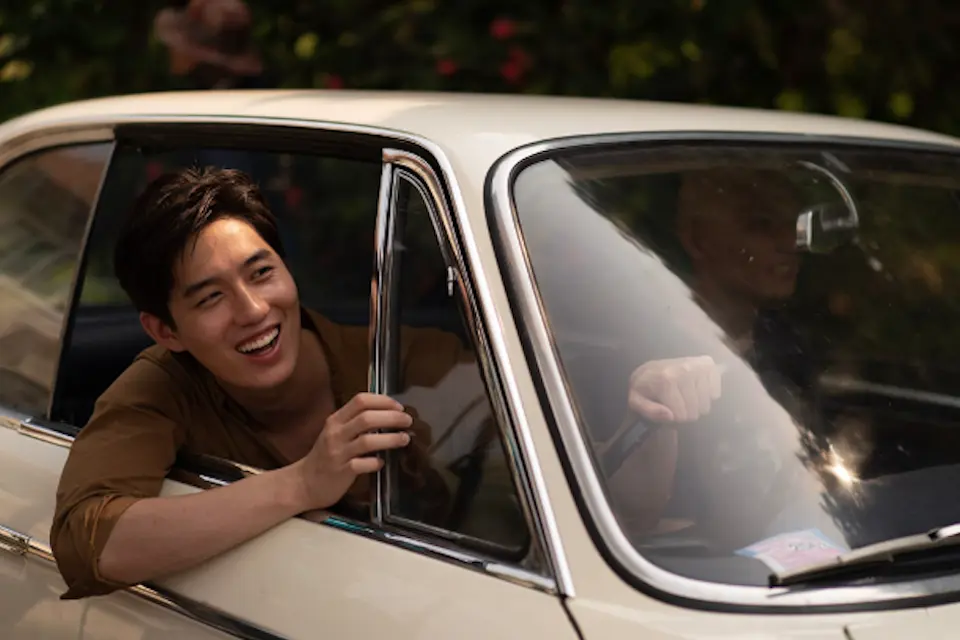

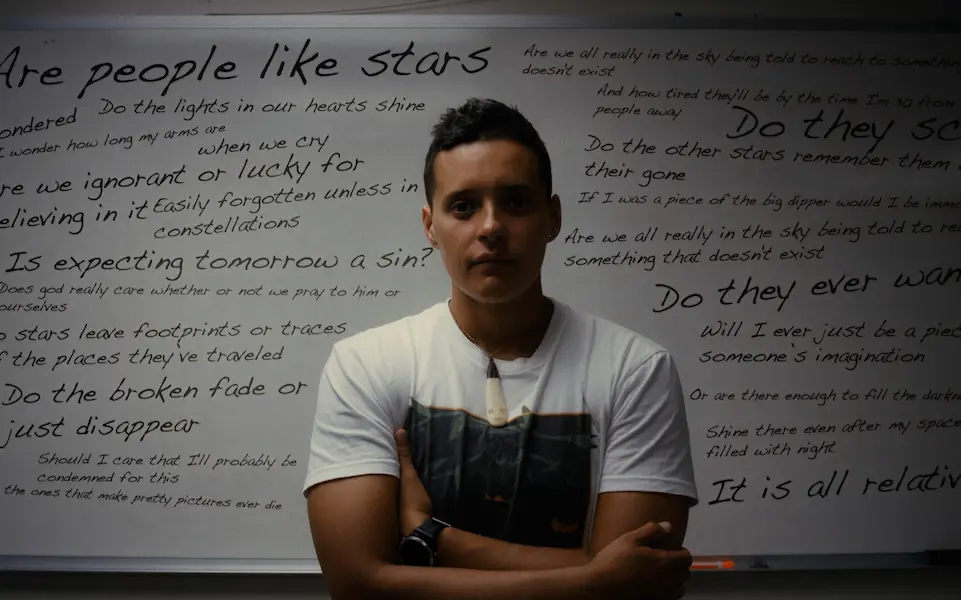
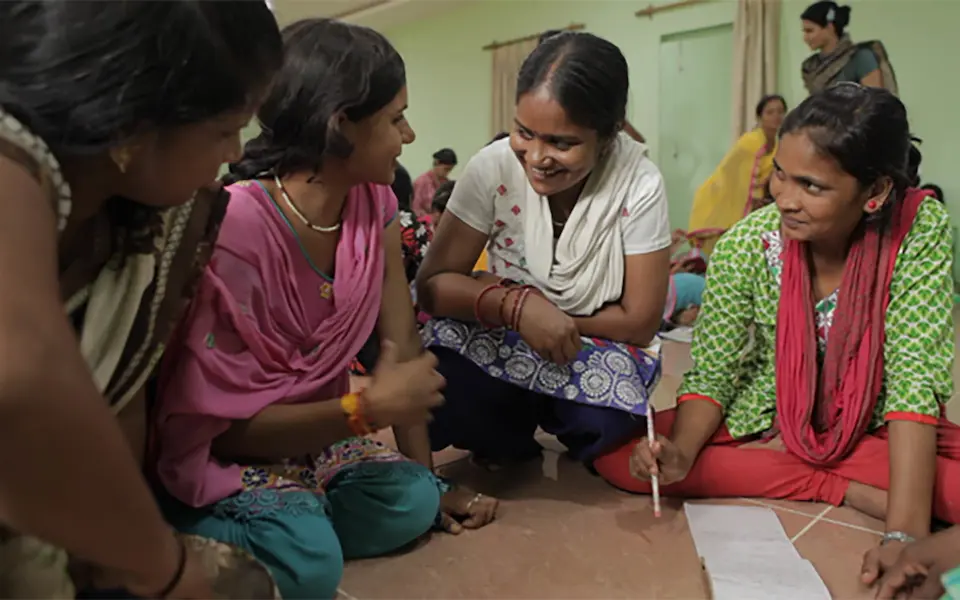
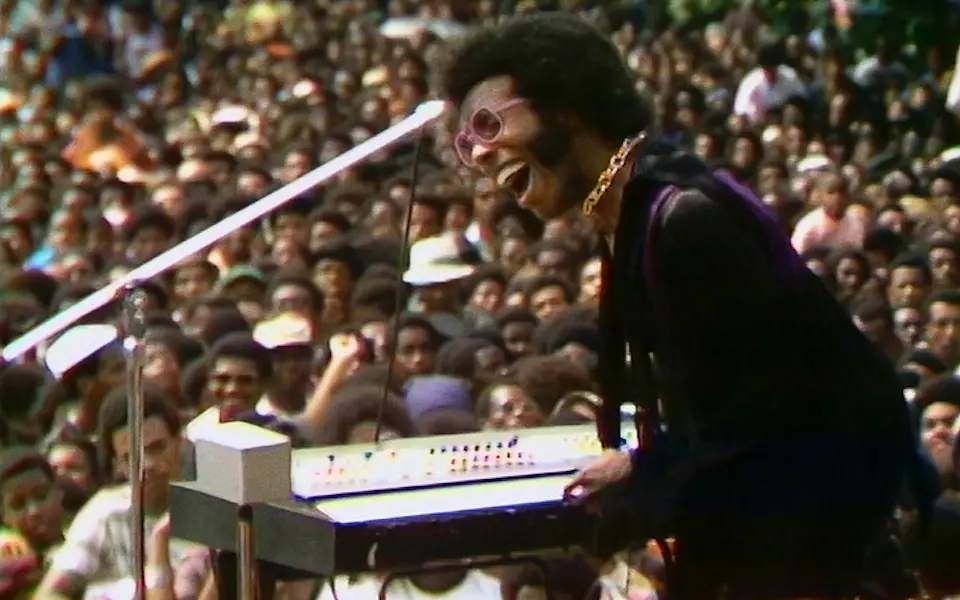
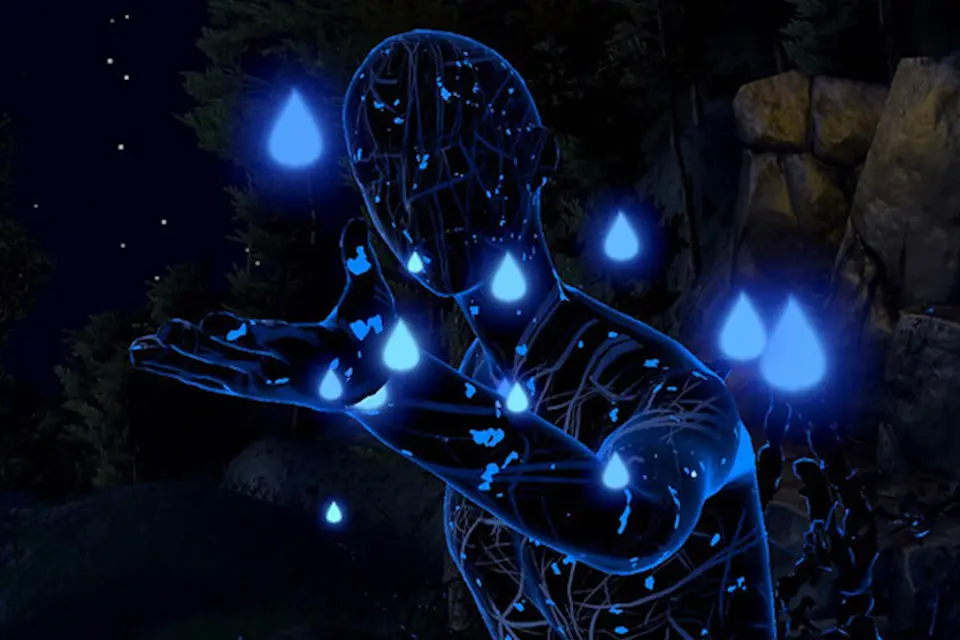
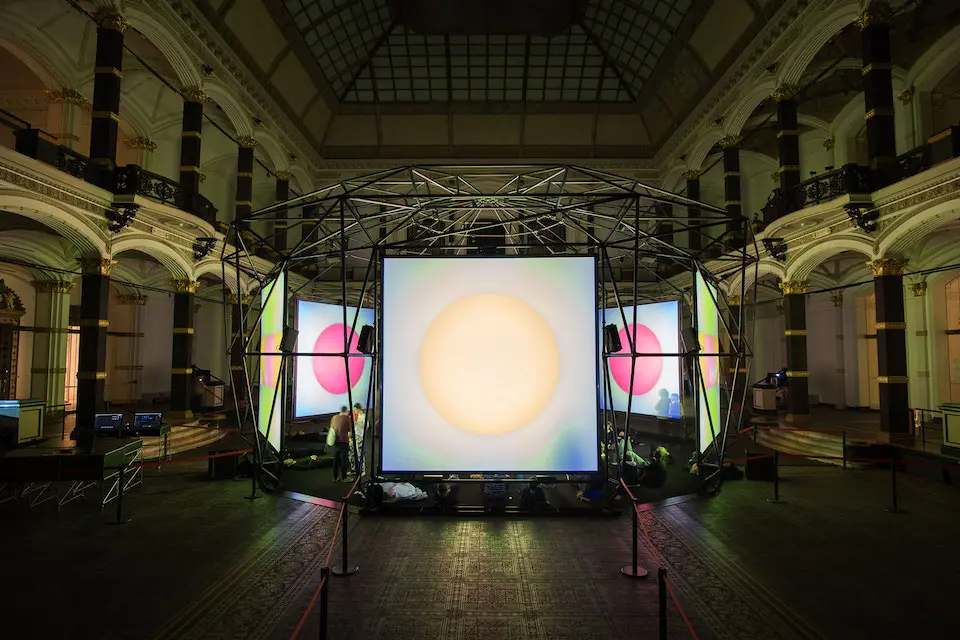




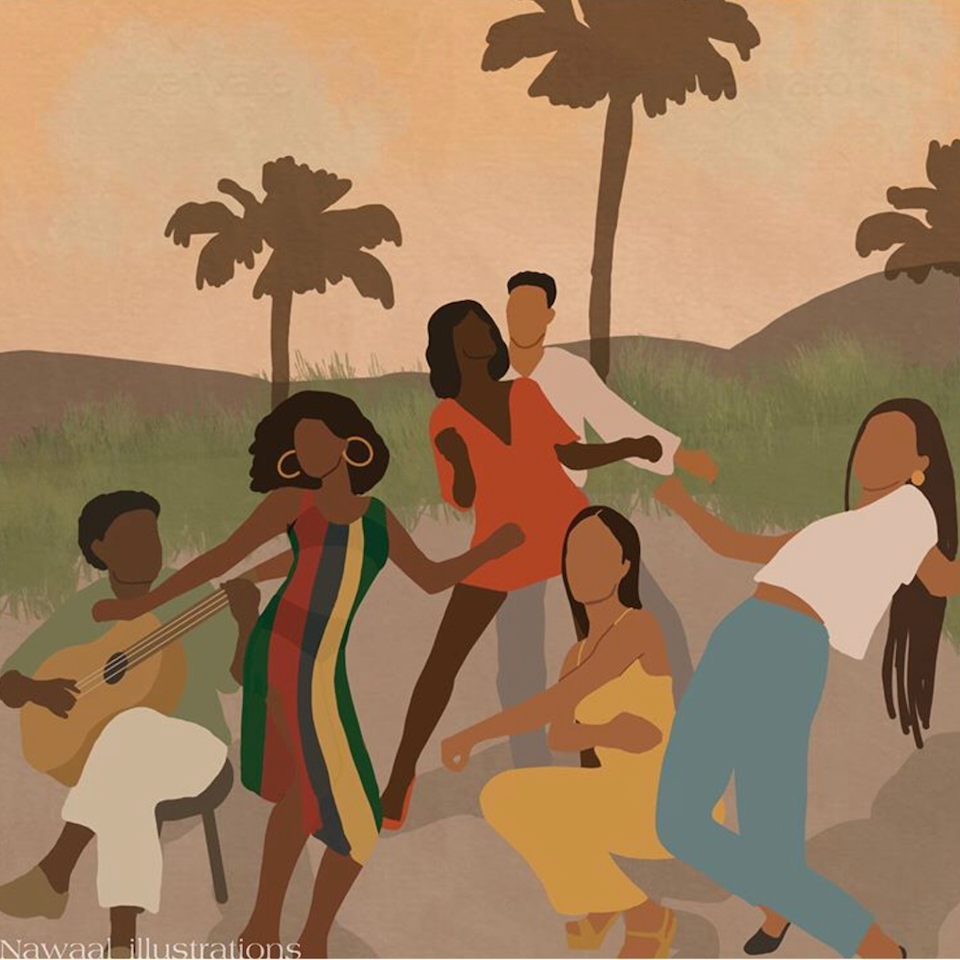


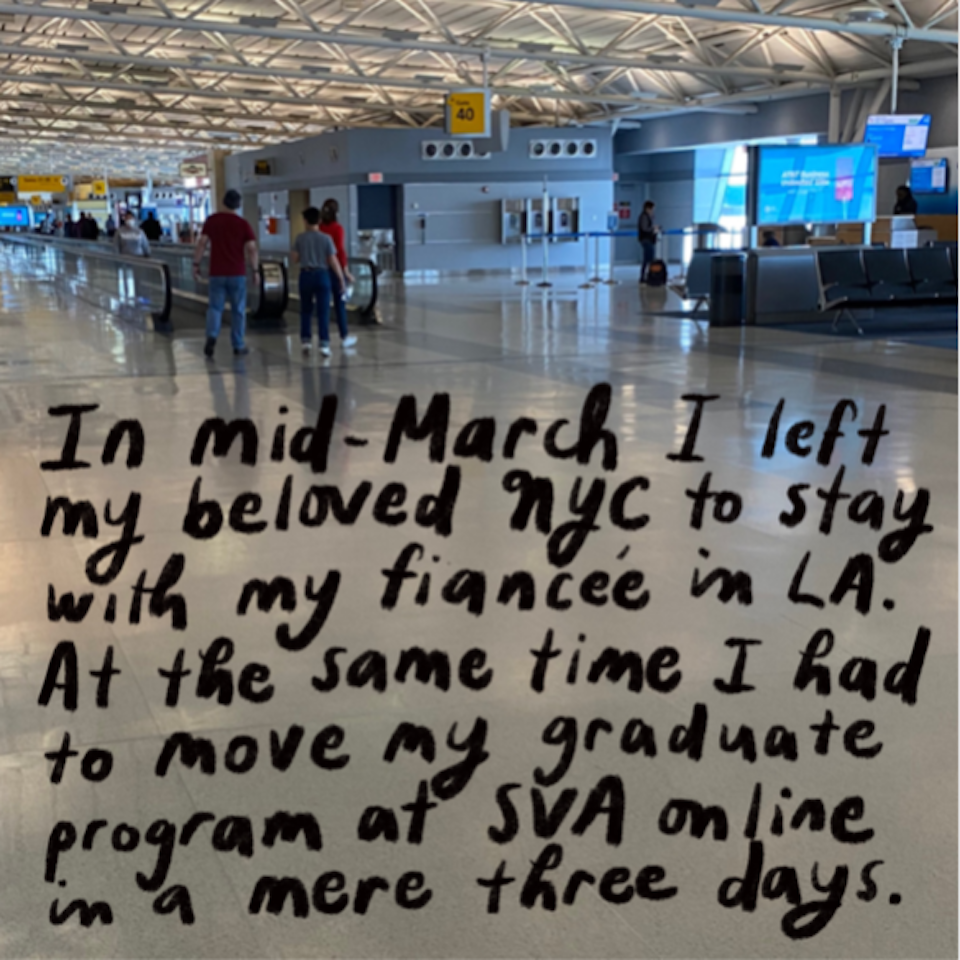
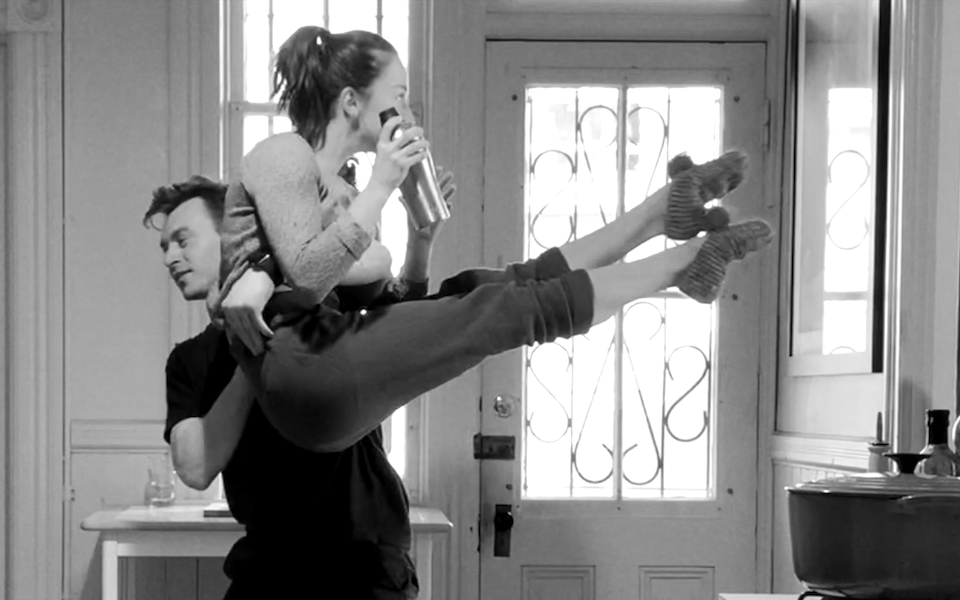
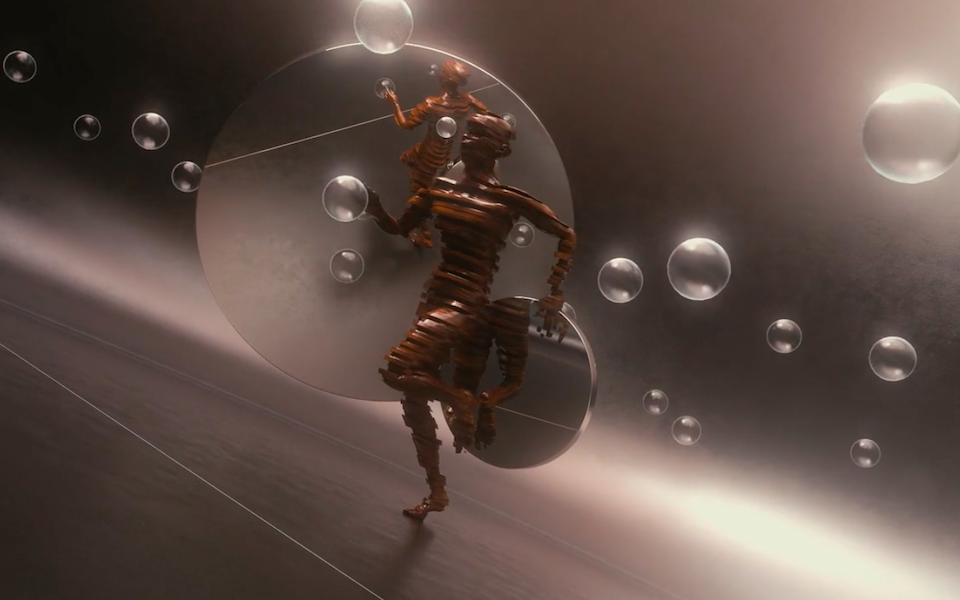
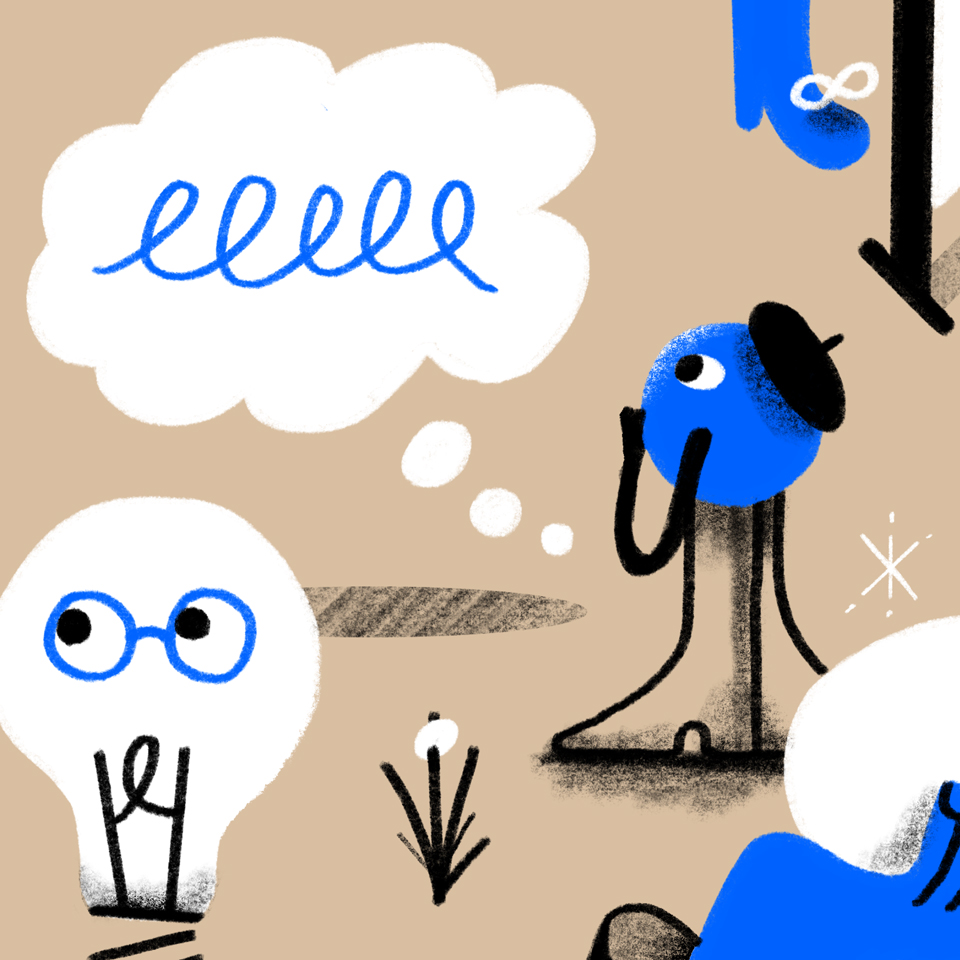



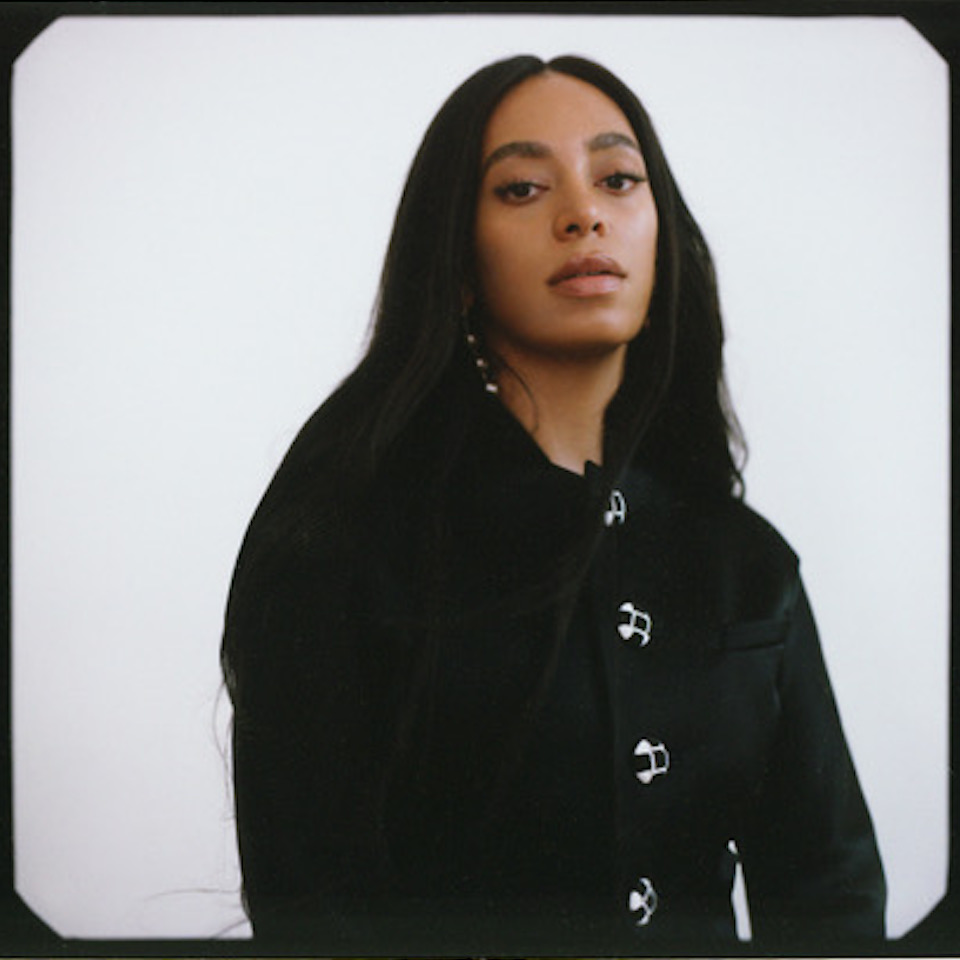





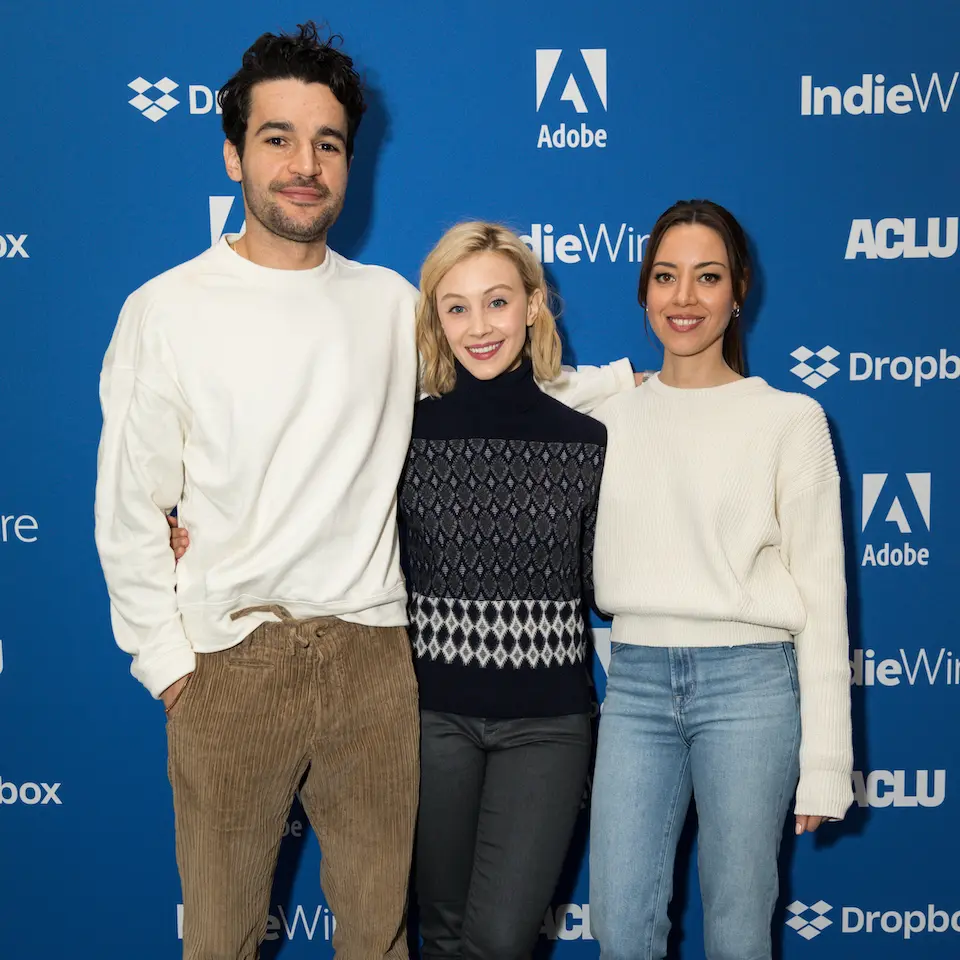


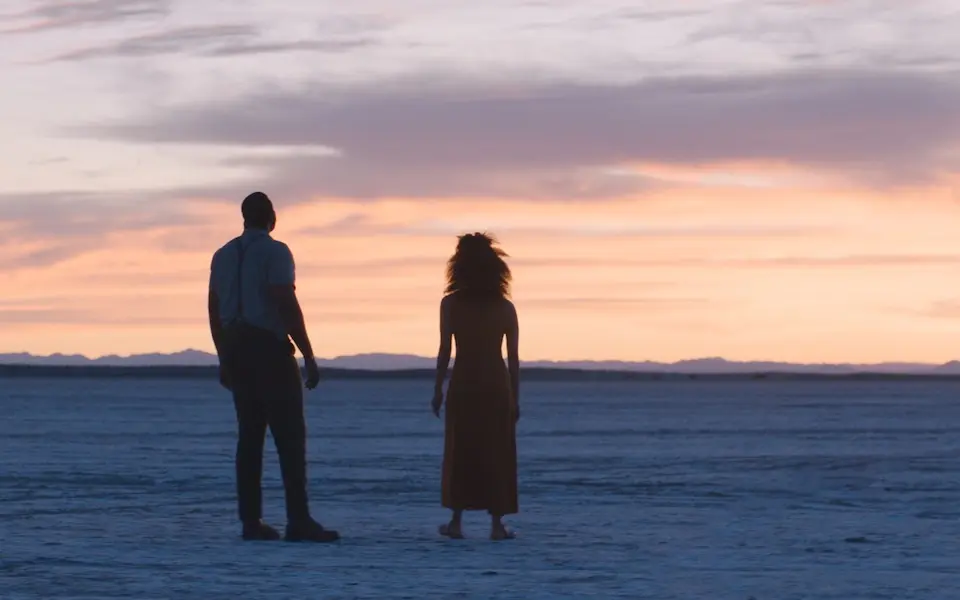
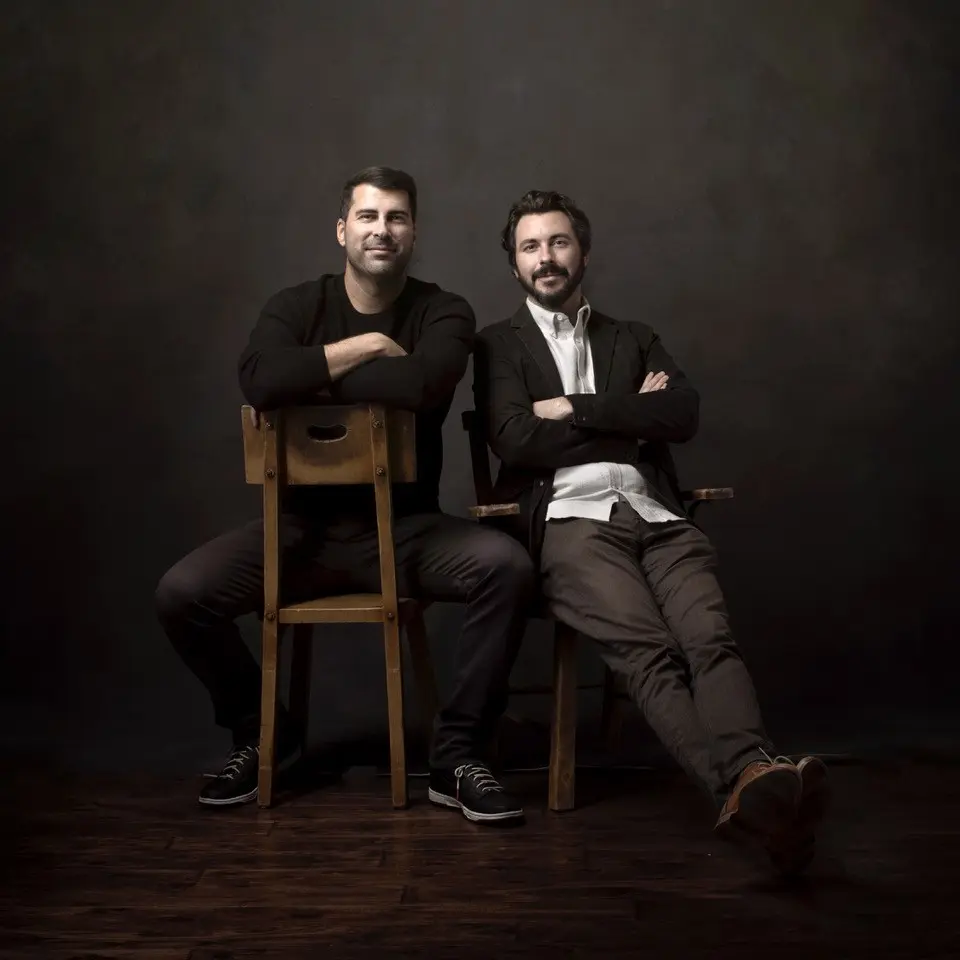


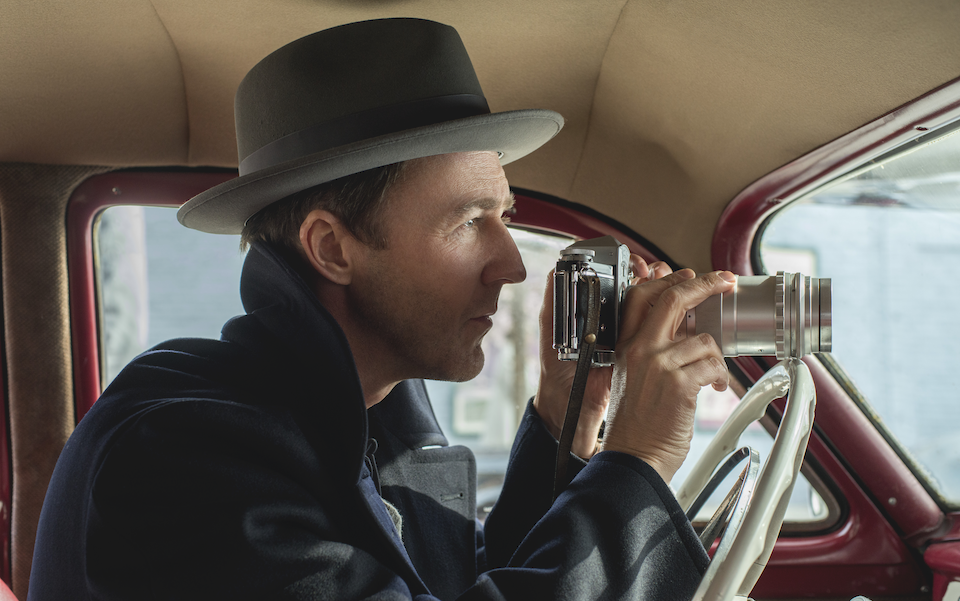

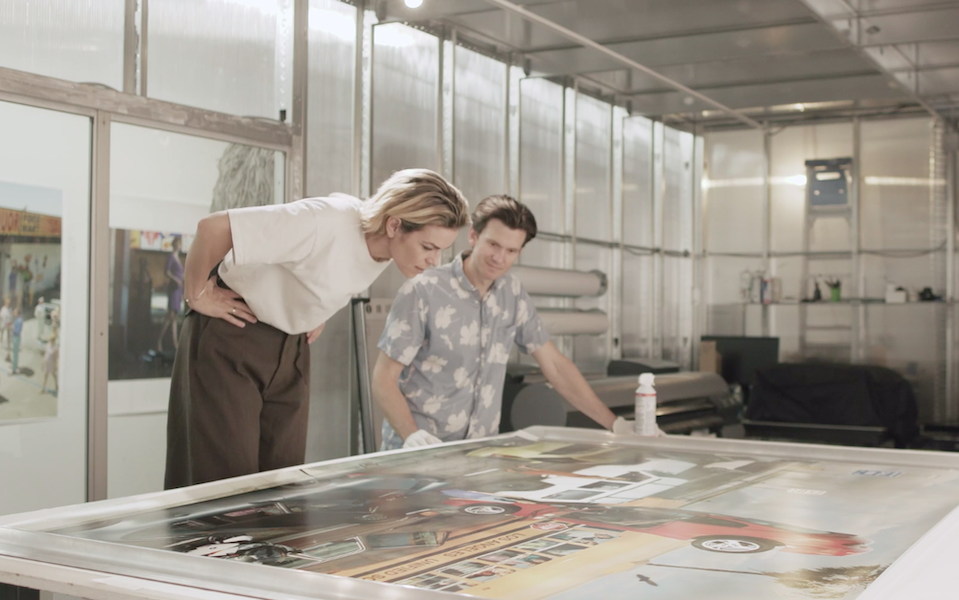









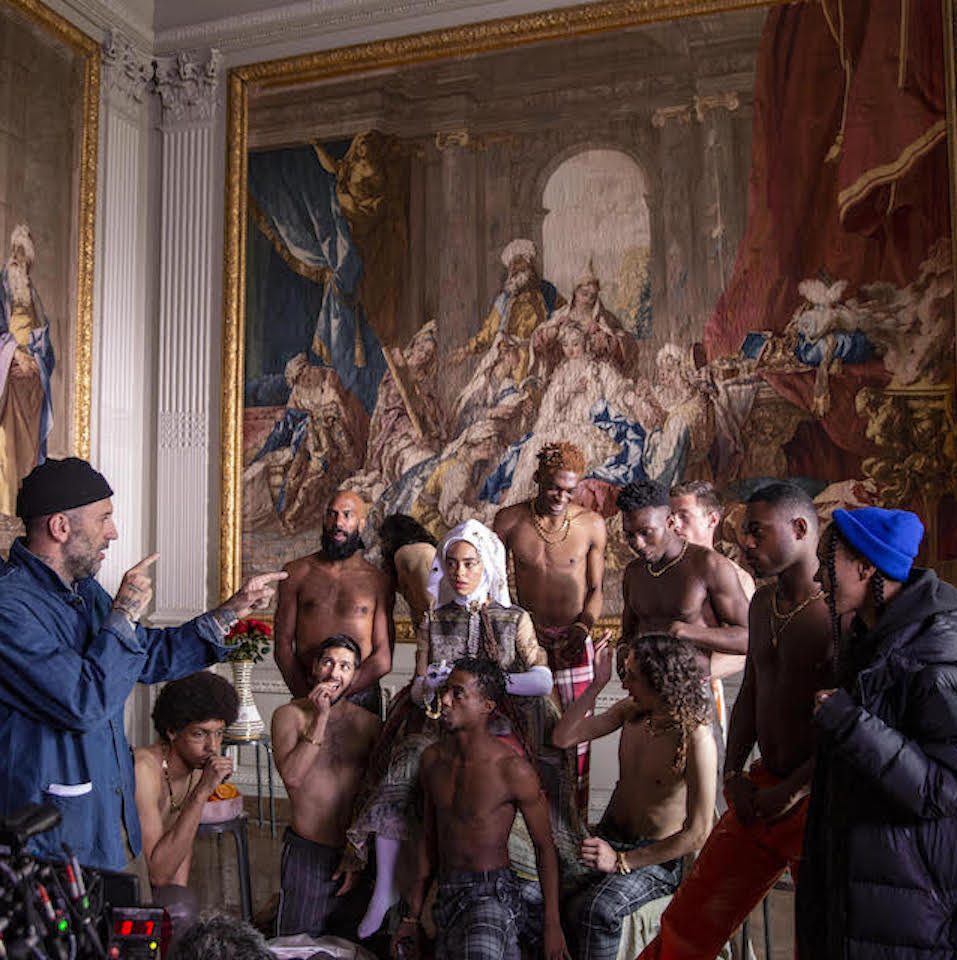


.png/_jcr_content/renditions/Karen%20O%20%2B%20Danger%20Mouse%20(photo%20by%20Eliot%20Lee%20Hazel).webp)





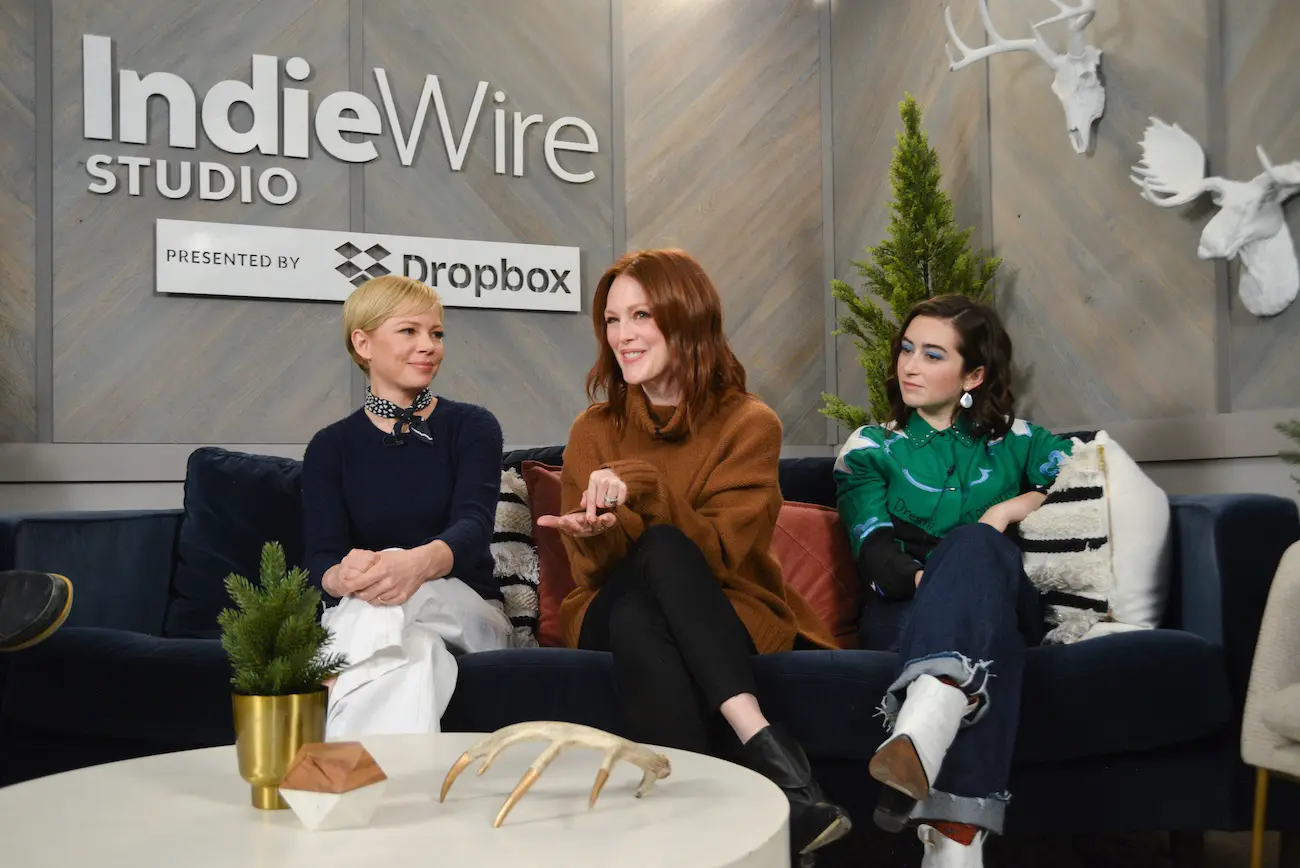


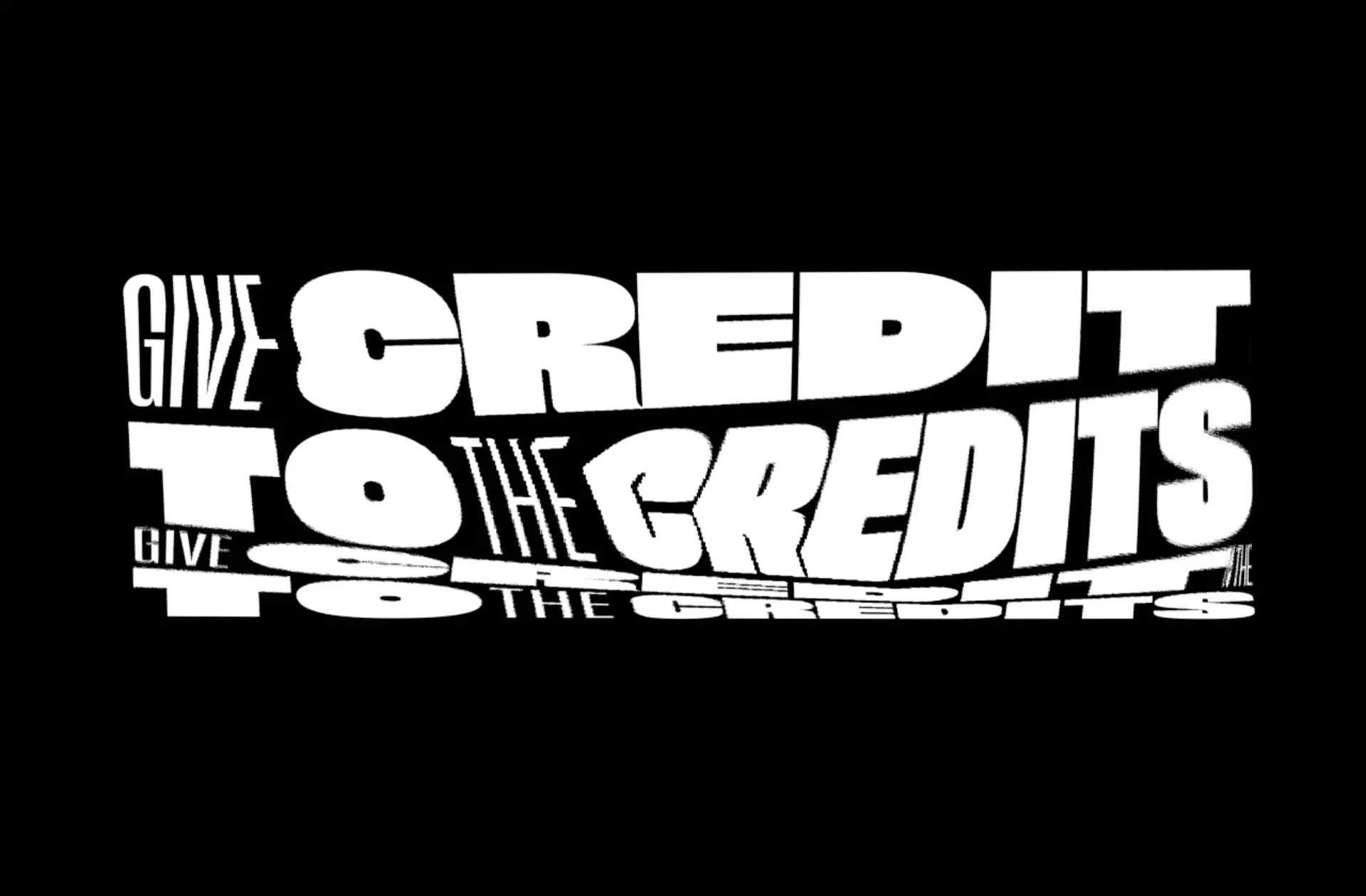
.jpg/_jcr_content/renditions/Extremely%20Wicked%20Shockingly%20Evil%20and%20Vile_Sundance19_Director%20Joe%20Berlinger%20(3).webp)

.jpg/_jcr_content/renditions/Bedlam%2014%20(1).webp)
